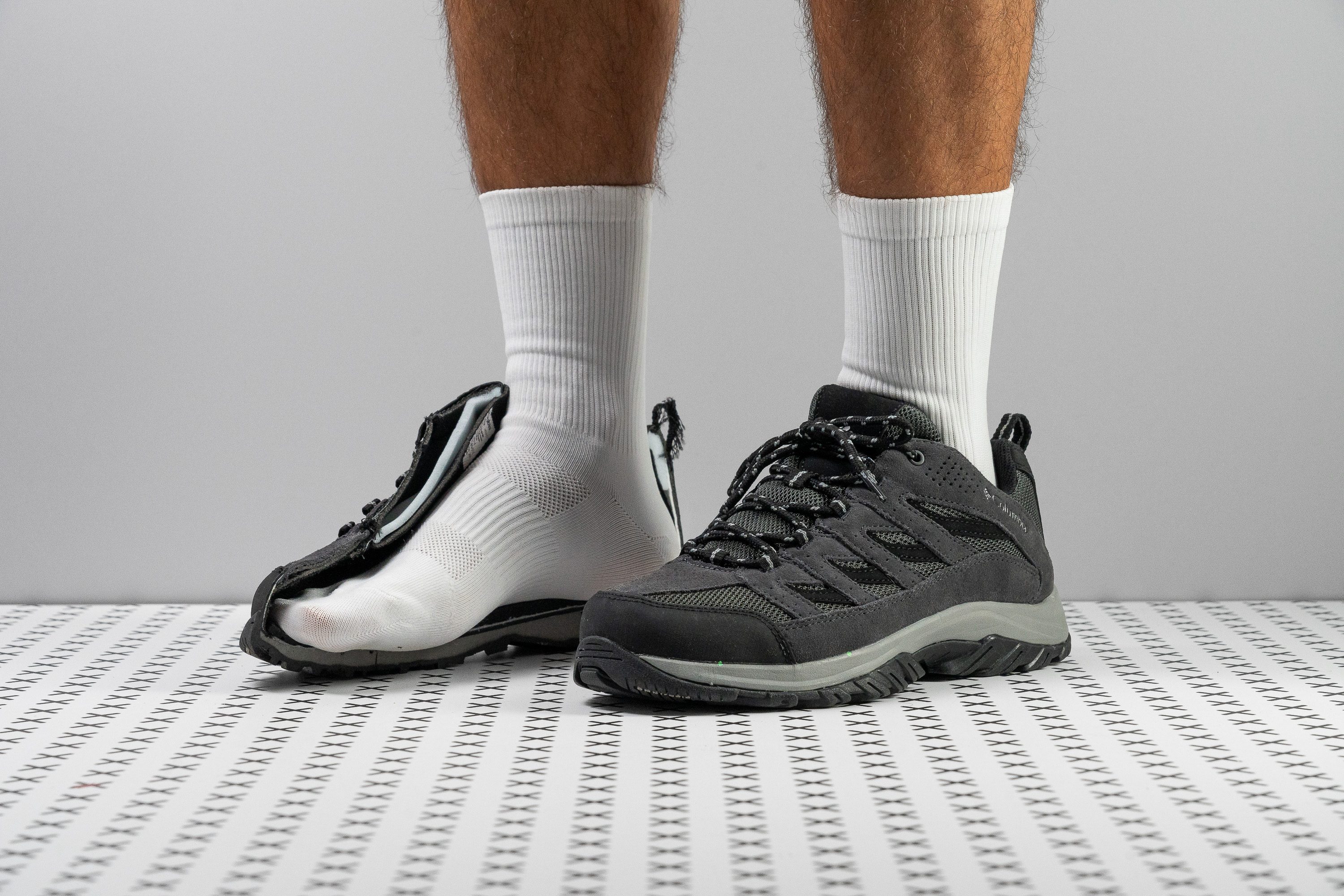Our verdict
Pros
- Fantastic value for money
- Well-cushioned midsole
- Comfortable padded interiors
- Amazing stability for an entry-level shoe
- Flexible construction
- Excellent breathability
- Impressive durability for the price
- Good grip for moderate terrain
Cons
- Not for serious hikes
- Frail inner lining
Audience verdict
- Top 1% in Columbia hiking shoes
Comparison
The most similar hiking shoes compared
+ + Add a shoe | |||||
|---|---|---|---|---|---|
| Audience score | 84 Good! | 88 Great! | 85 Great! | 89 Great! | |
| Price | $70 | $140 | $170 | $110 | |
| Trail terrain | LightModerate | Moderate | Light | Moderate | |
| Shock absorption | Moderate | High | High | - | |
| Energy return | Moderate | Low | High | - | |
| Weight lab Weight brand | 13.4 oz / 380g 12.3 oz / 350g | 11.6 oz / 329g 12.3 oz / 350g | 11 oz / 312g | 12.7 oz / 361g 8.8 oz / 250g | |
| Lightweight | ✓ | ✓ | ✓ | ✓ | |
| Breathability | Breathable | Breathable | Moderate | Breathable | |
| Use | Day HikingLight HikingBeginners | Day HikingSpeed HikingLight Hiking | Day HikingLight HikingUrban hiking | Speed HikingLight HikingBeginners | |
| Orthotic friendly | ✓ | ✓ | ✓ | ✓ | |
| Drop lab | 13.7 mm | 15.0 mm | 9.1 mm | 9.6 mm | |
| Size | True to size | Half size small | Slightly small | Slightly small | |
| Midsole softness | Balanced | Soft | Firm | Balanced | |
| Difference in midsole softness in cold | Big | Normal | Normal | Normal | |
| Torsional rigidity | Stiff | Stiff | Moderate | Stiff | |
| Heel counter stiffness | Moderate | Flexible | Flexible | Flexible | |
| Stiffness | Flexible | Moderate | Moderate | Moderate | |
| Outsole hardness | Average | Average | Average | Average | |
| Material | LeatherMeshSuede | Mesh | Mesh | - | |
| Season | SummerAll seasons | SummerAll seasons | All seasons | SummerAll seasons | |
| Toebox durability | Very good | Very good | Decent | Decent | |
| Heel padding durability | Bad | Bad | Bad | Bad | |
| Outsole durability | Decent | Good | Good | Bad | |
| Width / fit | Medium | Medium | Medium | Medium | |
| Toebox width | Medium | Wide | Wide | Medium | |
| Lug depth | 3.2 mm | 3.7 mm | 2.5 mm | 3.4 mm | |
| Heel stack lab | 32.7 mm | 38.8 mm | 35.5 mm | 30.6 mm | |
| Forefoot | 19.0 mm | 23.8 mm | 26.4 mm | 21.0 mm | |
| Widths available | NormalWide | NormalWide | Normal | Normal | |
| Heel tab | Finger loop | Finger loop | Finger loop | Finger loop | |
| Removable insole | ✓ | ✓ | ✓ | ✓ | |
| Ranking | #21 Bottom 40% | #9 Top 26% | #19 Bottom 45% | #6 Top 18% | |
| Popularity | #25 Bottom 28% | #6 Top 18% | #19 Bottom 45% | #33 Bottom 5% |
Who should buy
Don't miss out on the Columbia Crestwood if you are in search of the following:
- an affordable outdoor shoe with great cushioning, support, and durability for the price
- a hiking shoe for light-to-moderate terrain
- a breathable option for summer
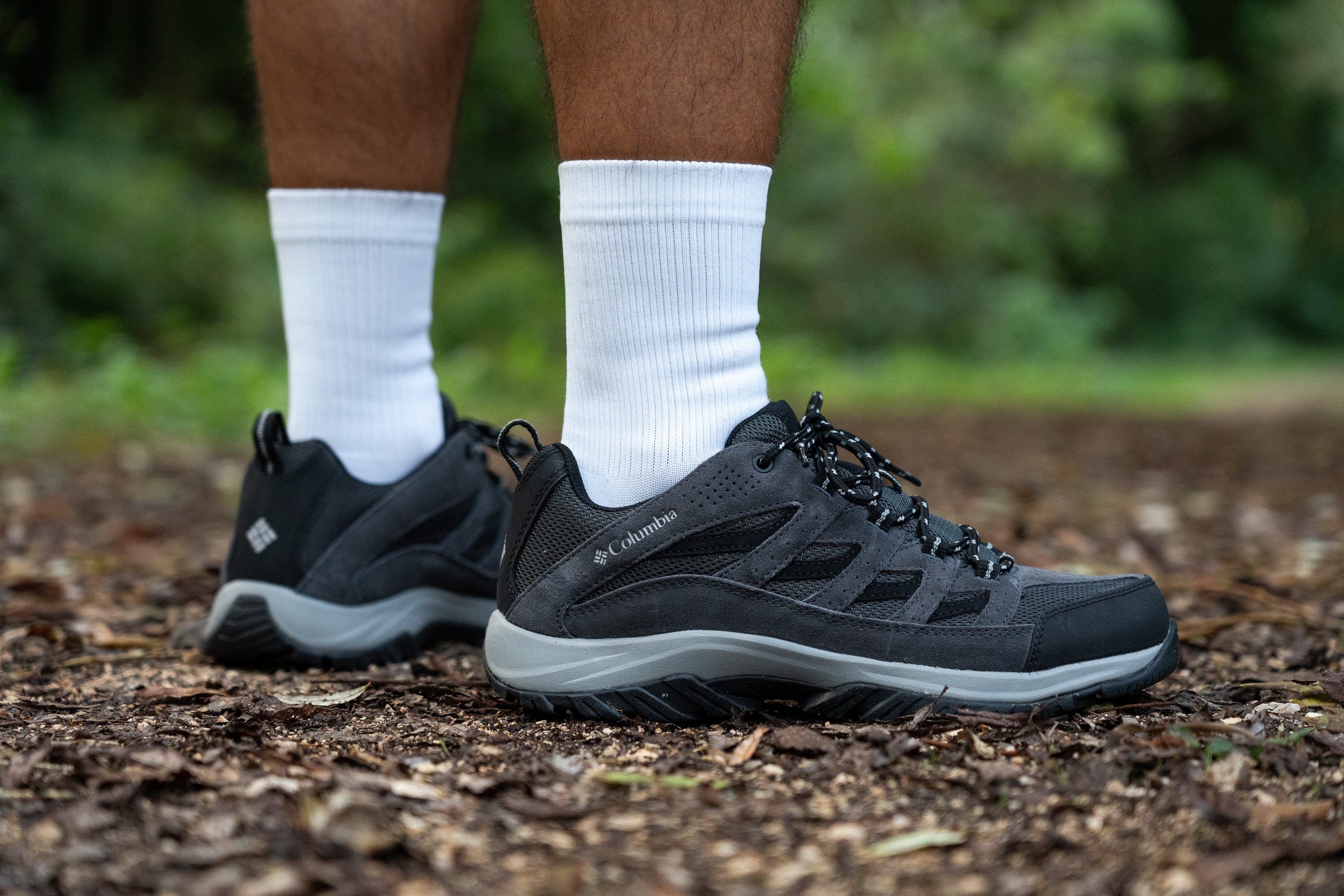
Who should NOT buy
We sincerely believe that the only reason not to buy the Crestwood is if you just can't get it in your size. The shoe's value for money is really THAT good.
But to broaden your options among budget-friendly hiking shoes, we would recommend having a look at Merrell shoes like the Moab 3, the Accentor 3, and the Alverstone 2.
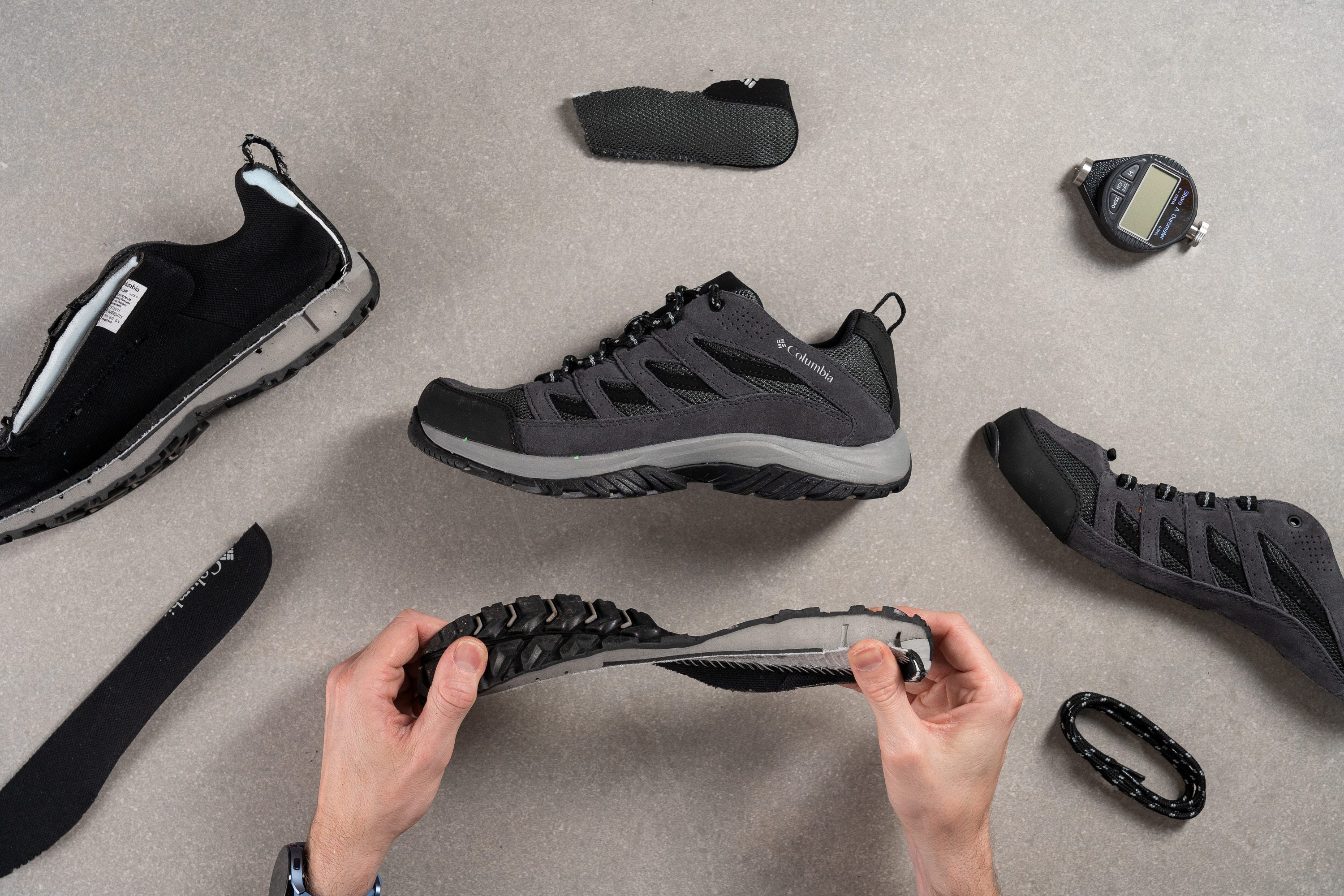
Cushioning
Shock absorption
Even though it's a cheaper hiking shoe, the Crestwood treated us to abundant cushioning and impact protection. Testing the shoe's shock-absorbing capacity, we recorded a standard reading of 107 SA. But please note that it is on par with the more expensive offerings!
This Columbia shoe remains comfortable for long hours on the trail and feels equally well-cushioned on hard concrete streets.
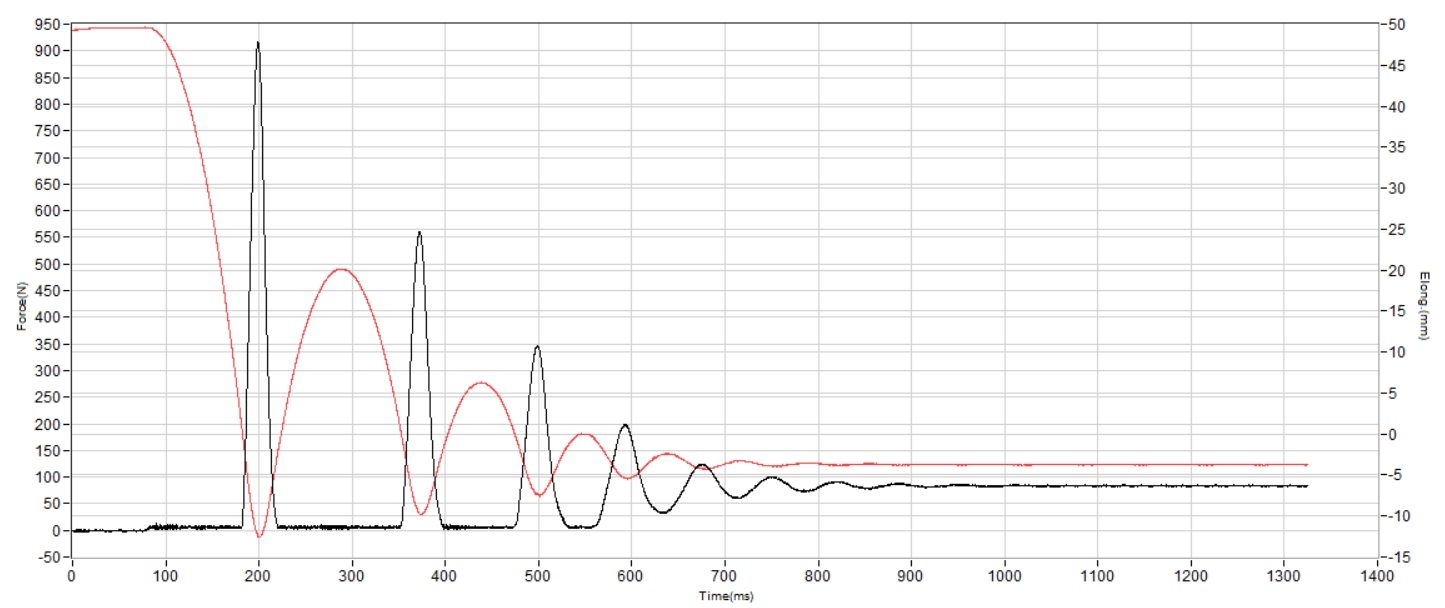
| Crestwood | 107 SA |
| Average | 104 SA |
Energy return
With a standard energy return of 50%, the Crestwood doesn't feel particularly springy nor is it too dead and static. It feels decently responsive to maintain a comfortable and smooth ride.
| Crestwood | 50.2% |
| Average | 50.2% |
Heel stack
We couldn't help but notice that the Columbia Crestwood felt a lot like a casual sneaker underfoot. That's because it packs a solid amount of cushioning for such a budget-friendly shoe.

Measuring the shoe's heel stack, our caliper returned 32.7 mm which is on par with the highly popular Merrell Moab 3 and with the average of hiking shoes overall.
The shoe's heel cushioning kept us well-protected on moderate terrain muting out the occasional roots and rocks. On the other hand, it wasn't too thick to make us feel isolated from the ground either.
| Crestwood | 32.7 mm |
| Average | 32.8 mm |
Forefoot stack
The shoe's forefoot stack showed a moderate measurement of 19.0 mm which also hit a sweet spot between impact protection and groundedness.
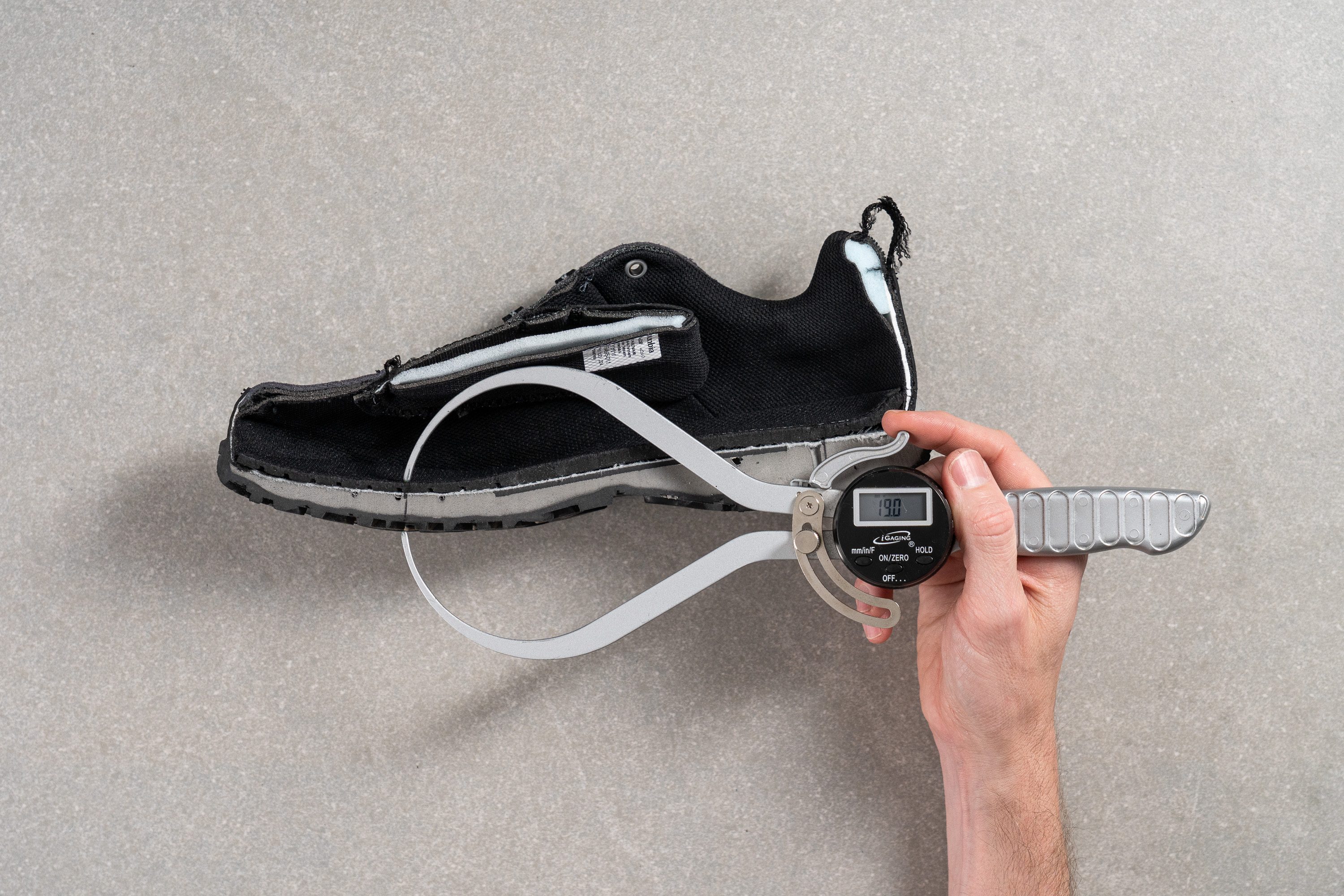
| Crestwood | 19.0 mm |
| Average | 22.0 mm |
Drop
That way, the difference in stack heights comes in at 13.7 mm which is notably higher than the average hiking shoe drop.
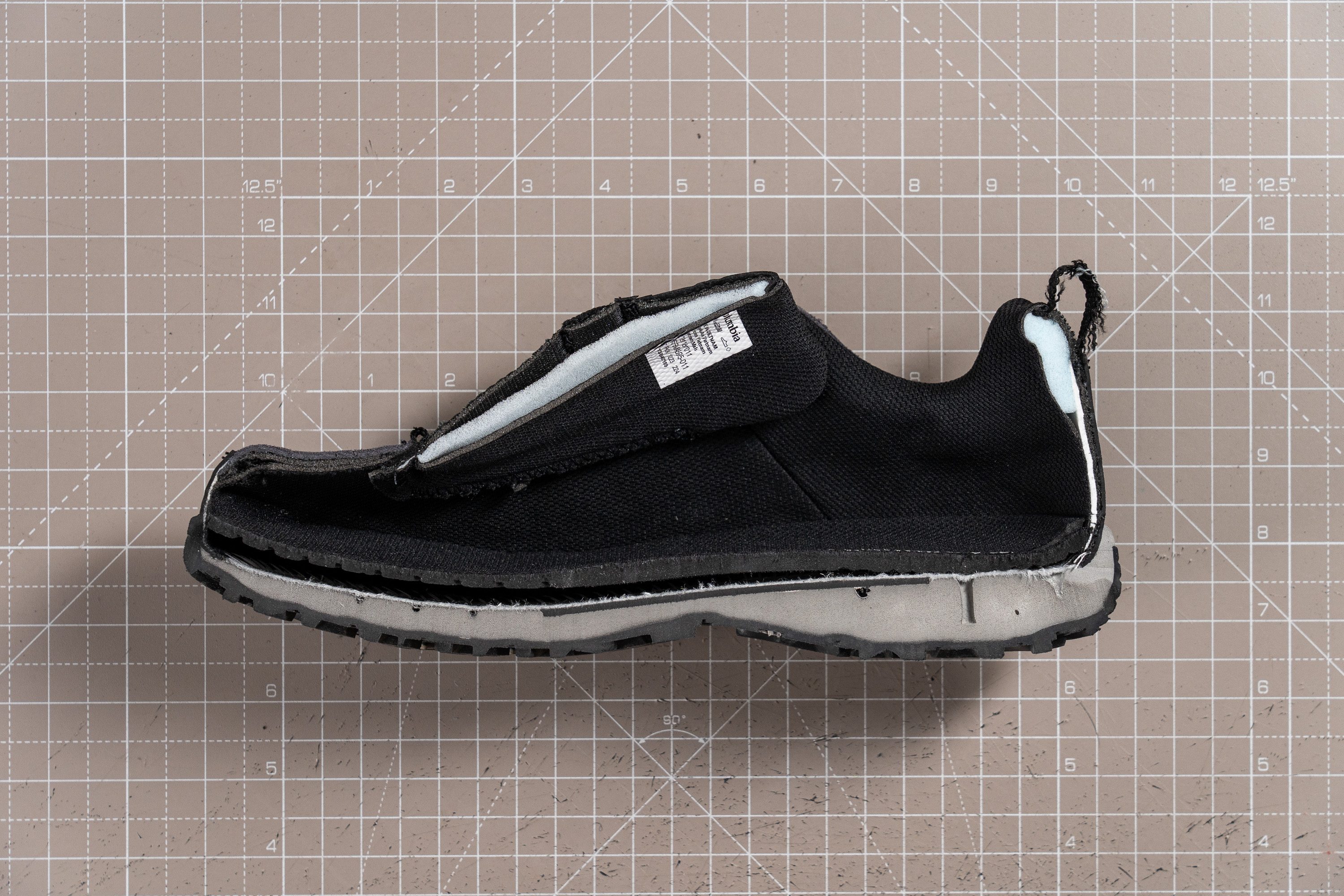
Considering that the Crestwood is a beginner-friendly shoe, we believe that it is an optimal heel-to-toe offset for this target audience. The elevated heel minimizes the Achilles strain especially if you are carrying a backpack while keeping the heel sufficiently cushioned.
| Crestwood | 13.7 mm |
| Average | 10.7 mm |
Midsole softness
Wear testing the Columbia Crestwood, we noticed that its TechLite midsole had just a touch of squish which made our landings comfortably cushioned.
Checking its firmness with a durometer confirmed our observations with a reading of 25.5 HA. The shoe's foam sits on the moderately soft side of the spectrum but feels balanced overall.
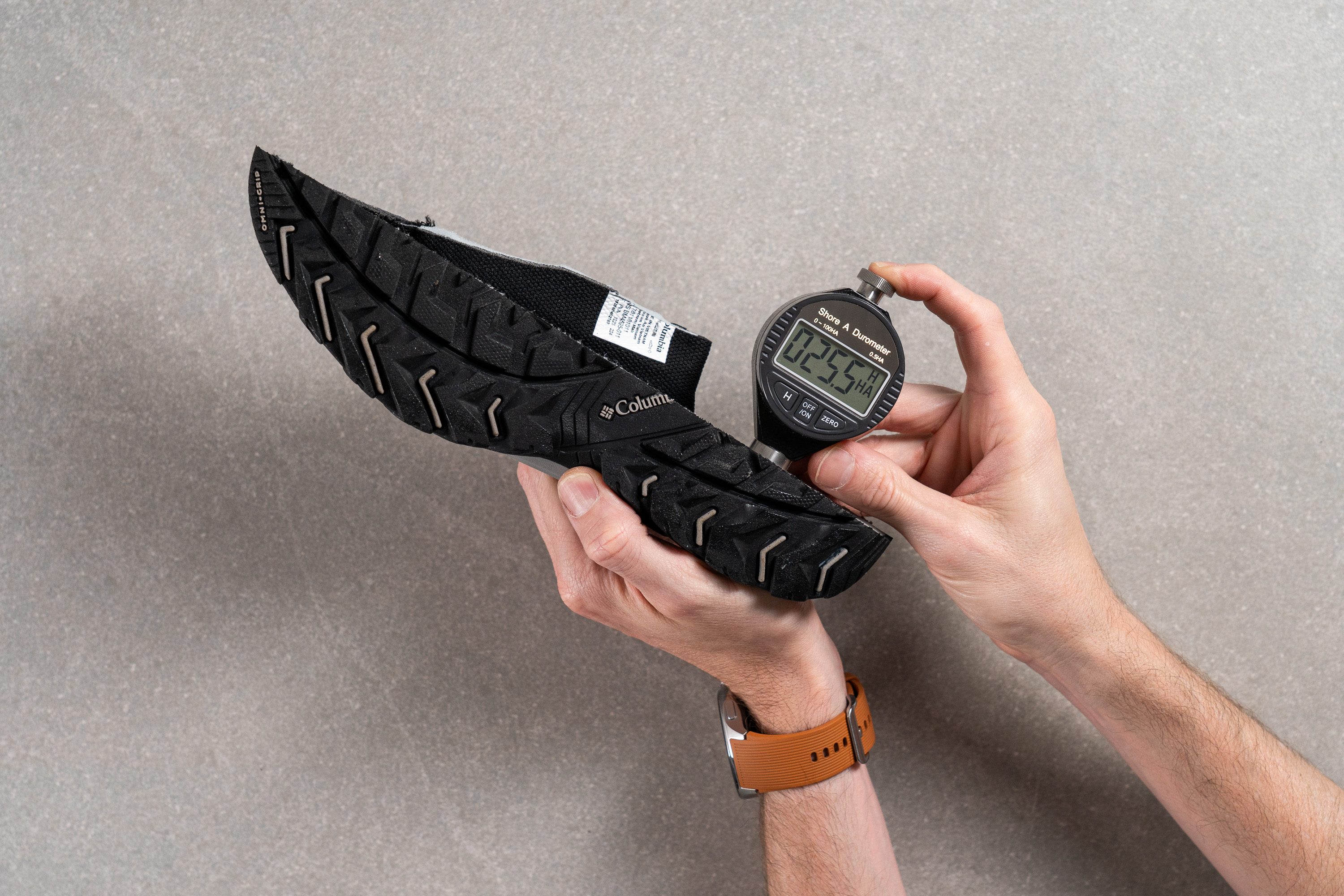
| Crestwood | 25.5 HA |
| Average | 27.0 HA |
Size and fit
Size
Columbia Crestwood fits true to size (107 votes).
Width / Fit
We felt like the Crestwood offered just enough toebox space for our medium-width feet in a men's US size 9. So once the gel cooled off, we grabbed a caliper to check the mold dimensions.
The widest part of the shoe came in at 93.5 mm which is just around the average.
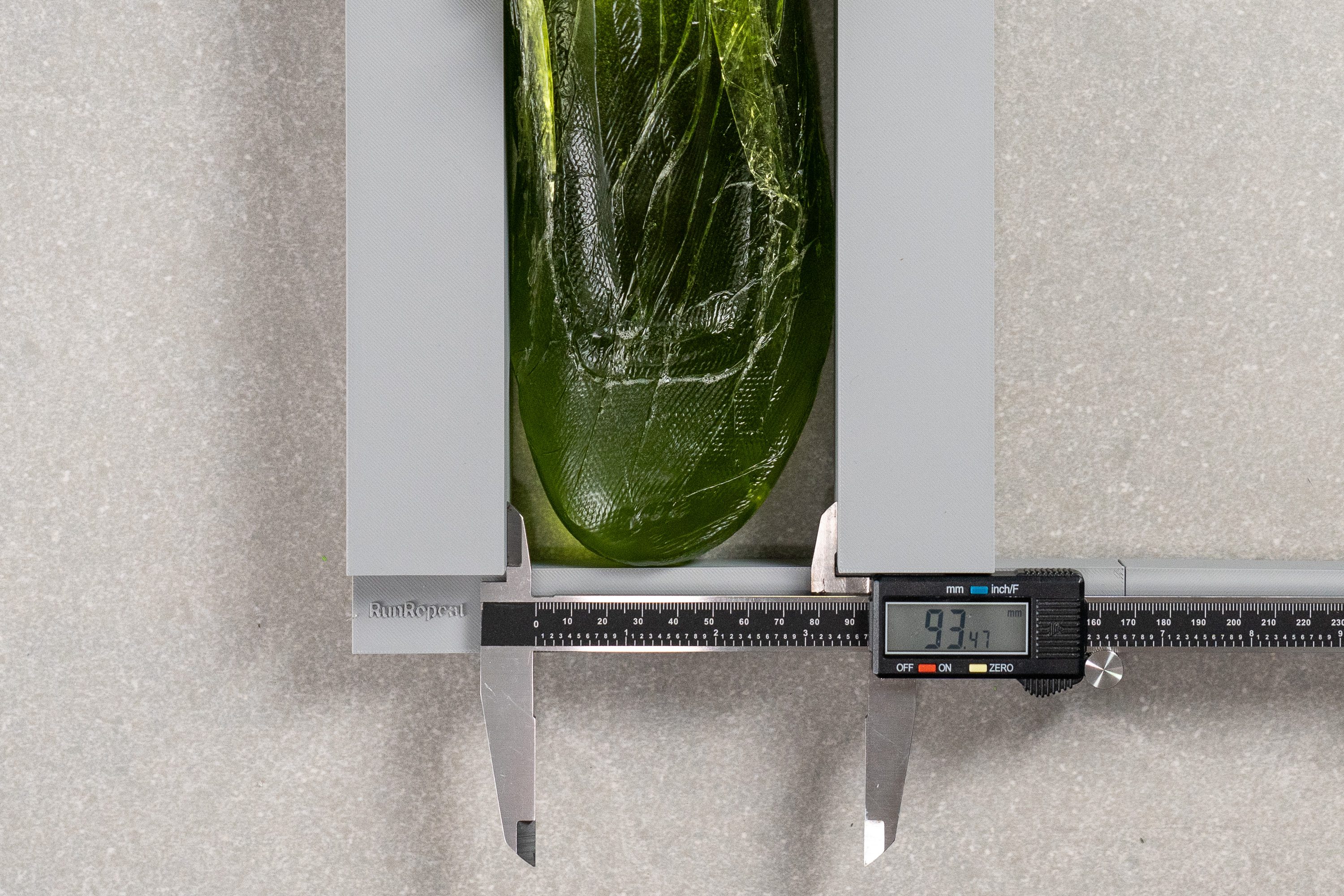
| Crestwood | 93.5 mm |
| Average | 94.1 mm |
Toebox width
As you can see, the Crestwood has a moderately tapered toebox shape. Measuring its width at the big toe returned 71.8 mm which is, again, only slightly narrower than the average.
Are we concerned with the fit of this Columbia shoe? Not really, if you have a medium-width foot. But if you need more space, the Crestwood is also available in wide.
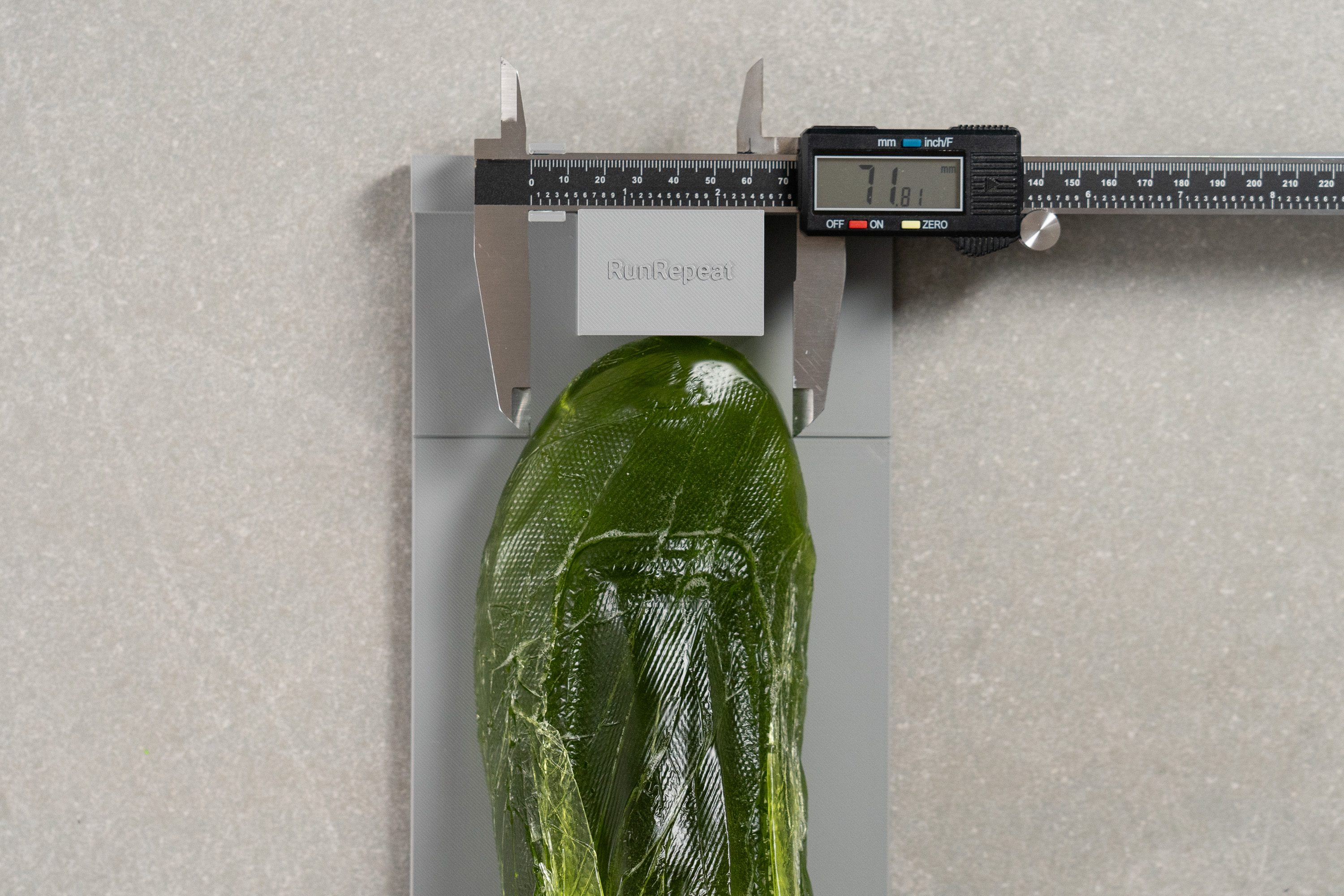
| Crestwood | 71.8 mm |
| Average | 72.5 mm |
Toebox height
An ample toebox height of 29.8 mm has a positive effect on the Crestwood's fit too.
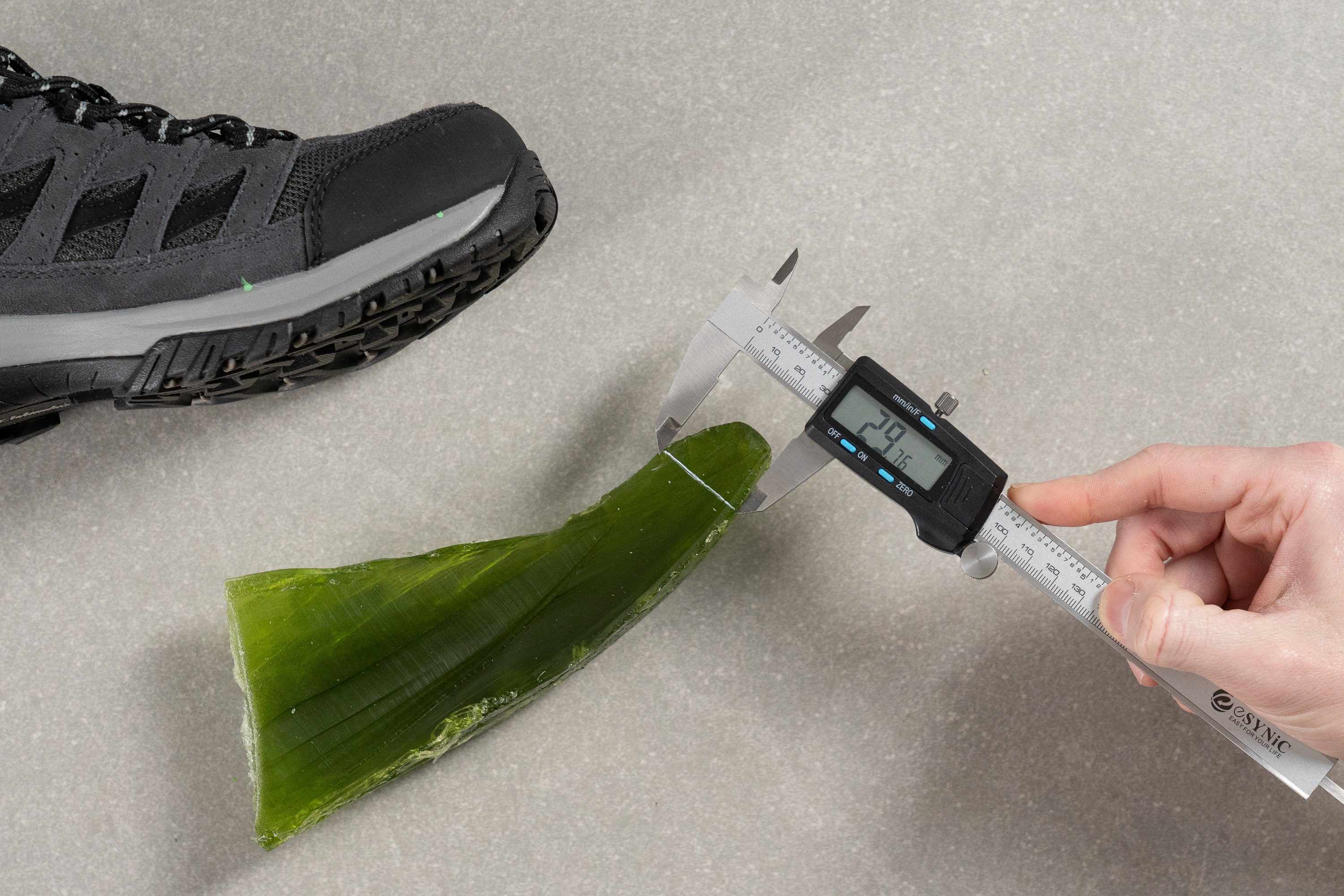
It helps to compensate for some of the lacking millimeters in its toebox width.
| Crestwood | 29.8 mm |
| Average | 28.0 mm |
Traction / Grip
Lug depth
Looking at the Crestwood's lug depth, our caliper recorded 3.2 mm. It is slightly shallower than average but just enough for the shoe's intended purpose which is moderate hiking.
This Columbia shoe transitions from town to trail comfortably and feels at home on both hard-packed and moderately soft terrain.
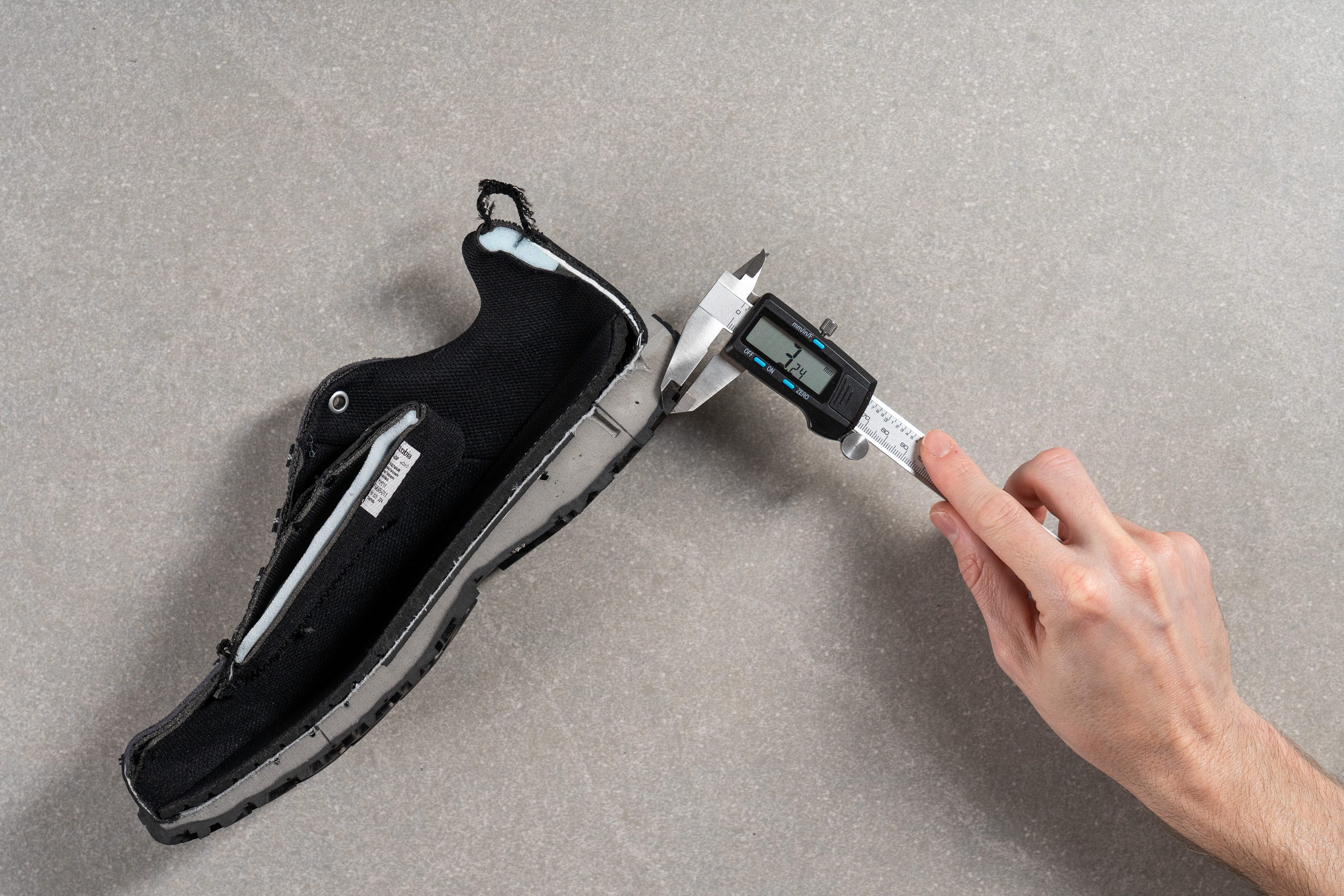
| Crestwood | 3.2 mm |
| Average | 4.0 mm |
Outsole design
While they are not deep, the shoe's arrow-shaped lugs kept us pretty surefooted on hilly terrain. However, we wouldn't trust the Crestwood on the more challenging routes.
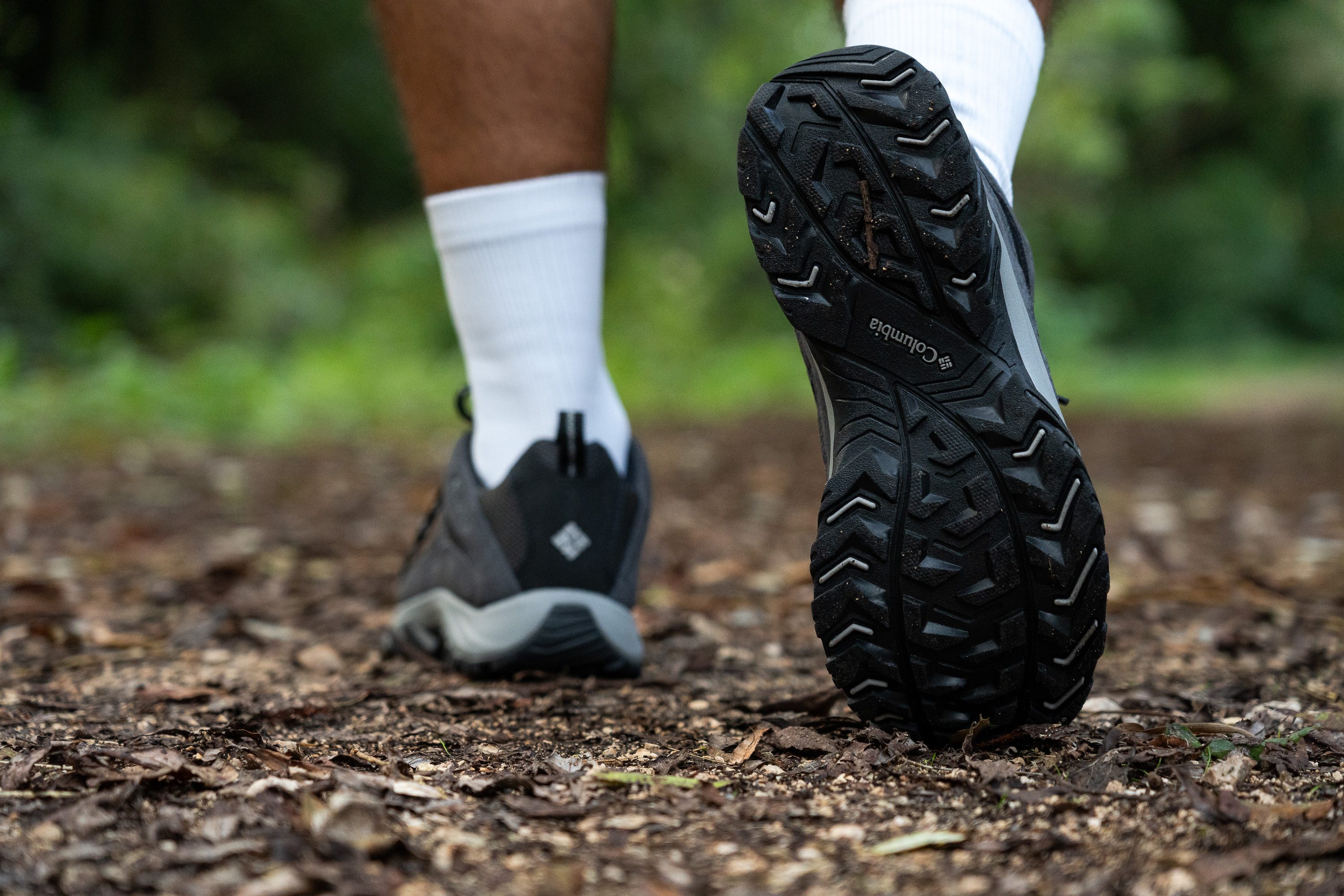
Flexibility / Stiffness
Because its internal shank is limited to the midfoot, it doesn't hold this Columbia shoe back from bending as much as your foot needs. Because after all, you don't need an ultra-stiff hiking shoe for an easy hike on non-technical terrain.
Using a shoe flexing tester, we found that it takes ony 12.0N to bend the Crestwood to a 30-degree angle. That is significantly less than it takes an average hiking shoe and even less than some trail running shoes!
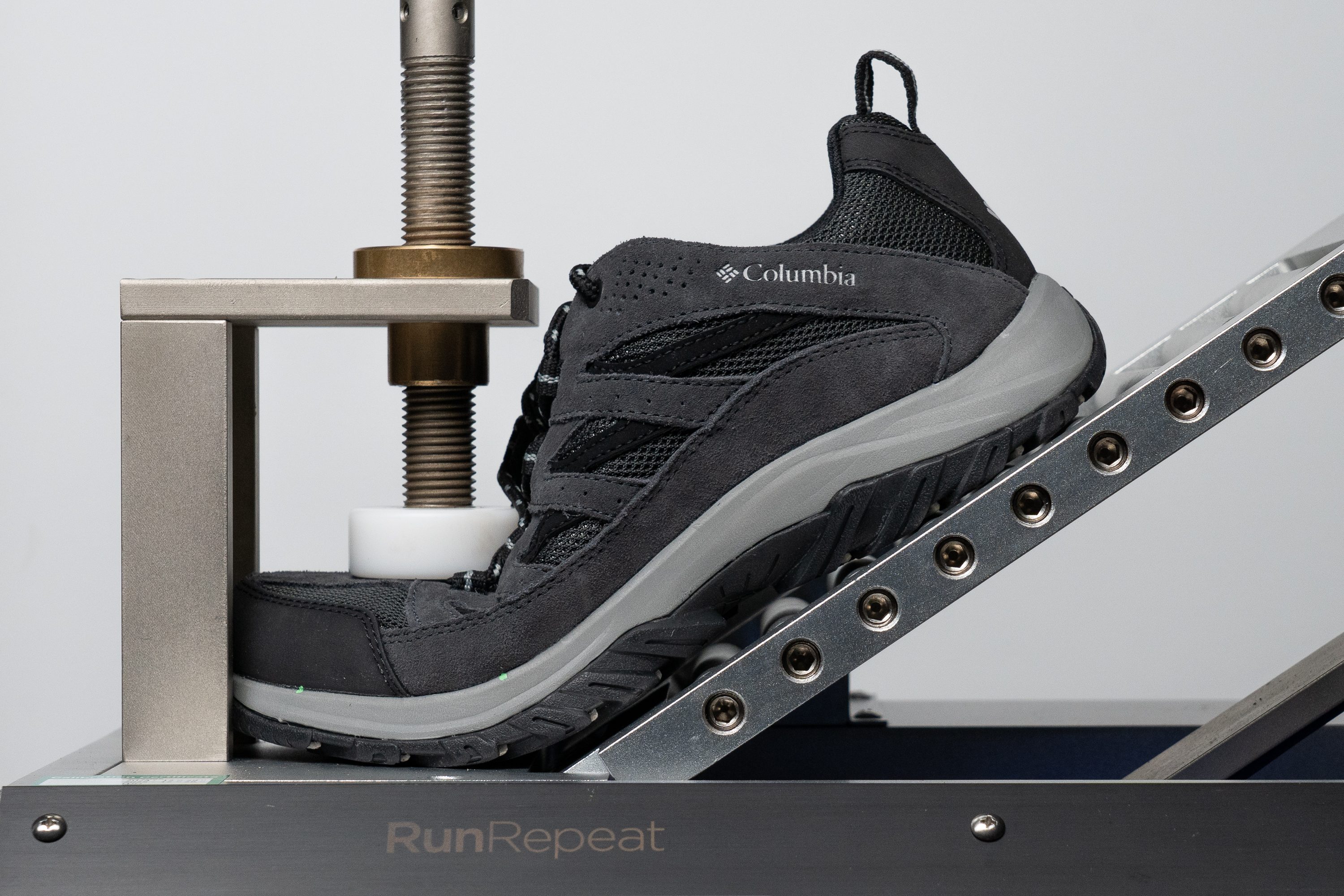
| Crestwood | 12.0N |
| Average | 18.3N |
Stiffness in cold (%)

Weight
It is common for budget-friendly shoes to be on the heavy side because brands don't use lighter (more advanced) materials to keep the weight down.
But despite its beefy silhouette, the Columbia Crestwood happens to be only slightly heavier than average. Our scale showed 13.4 oz (380g) in a men's US size 9.
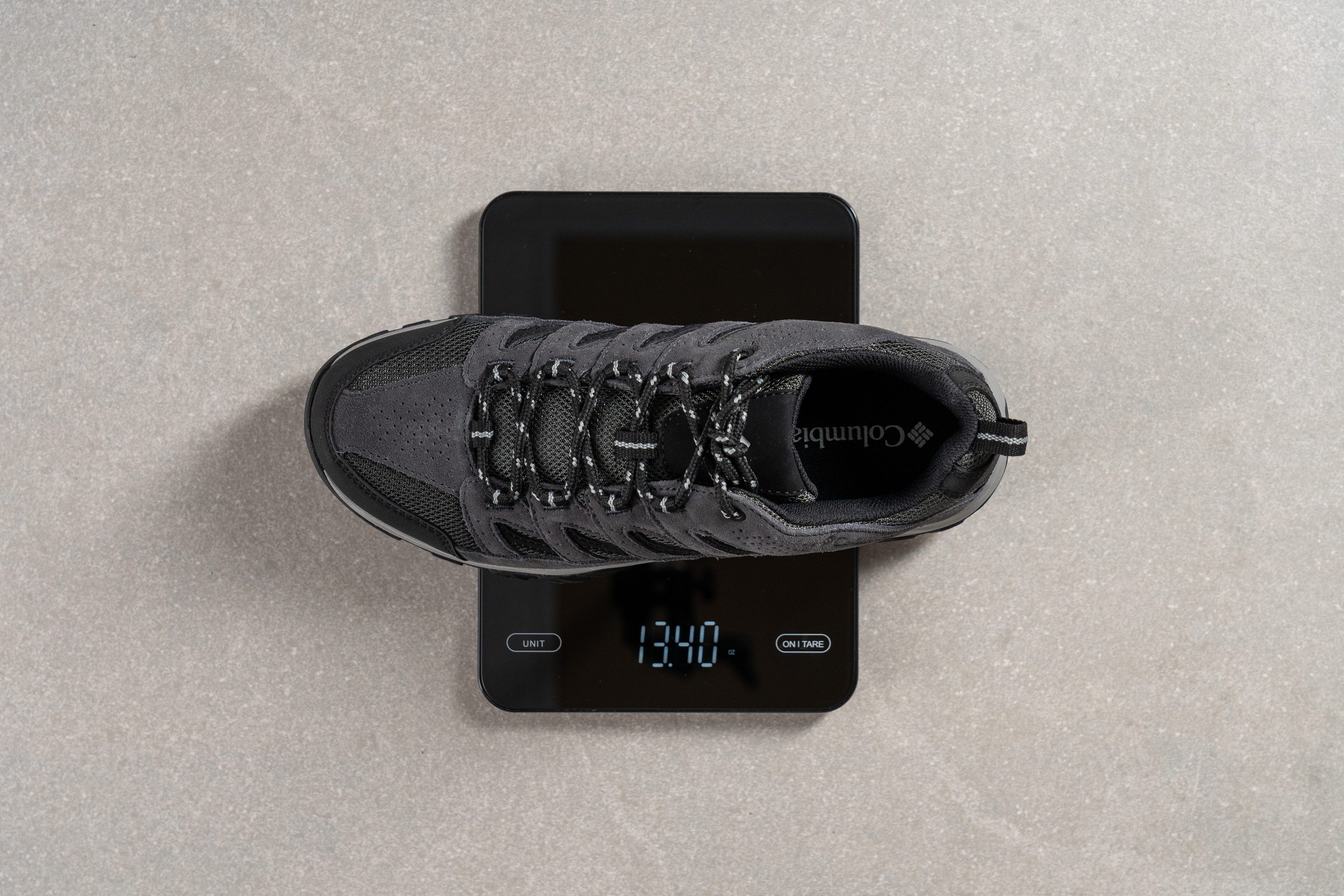
However, it is a whole ounce heavier than the weight stated in the brand's official specs (12.3 oz/350g per shoe, size 9).
| Crestwood | 13.4 oz (380g) |
| Average | 13.4 oz (380g) |
Breathability
As a non-waterproof hiking shoe with large mesh panels, the Columbia Crestwood is pretty well-aerated.
The smoke we pumped into the shoe's upper met no obstruction and passed straight through the mesh pores in the toebox. Even though these pores are not very large, they offer excellent ventilation without compromising the durability of the fabric.
Looking at the upper up close, we also found that its suede overlays have perforations to help with the airflow.
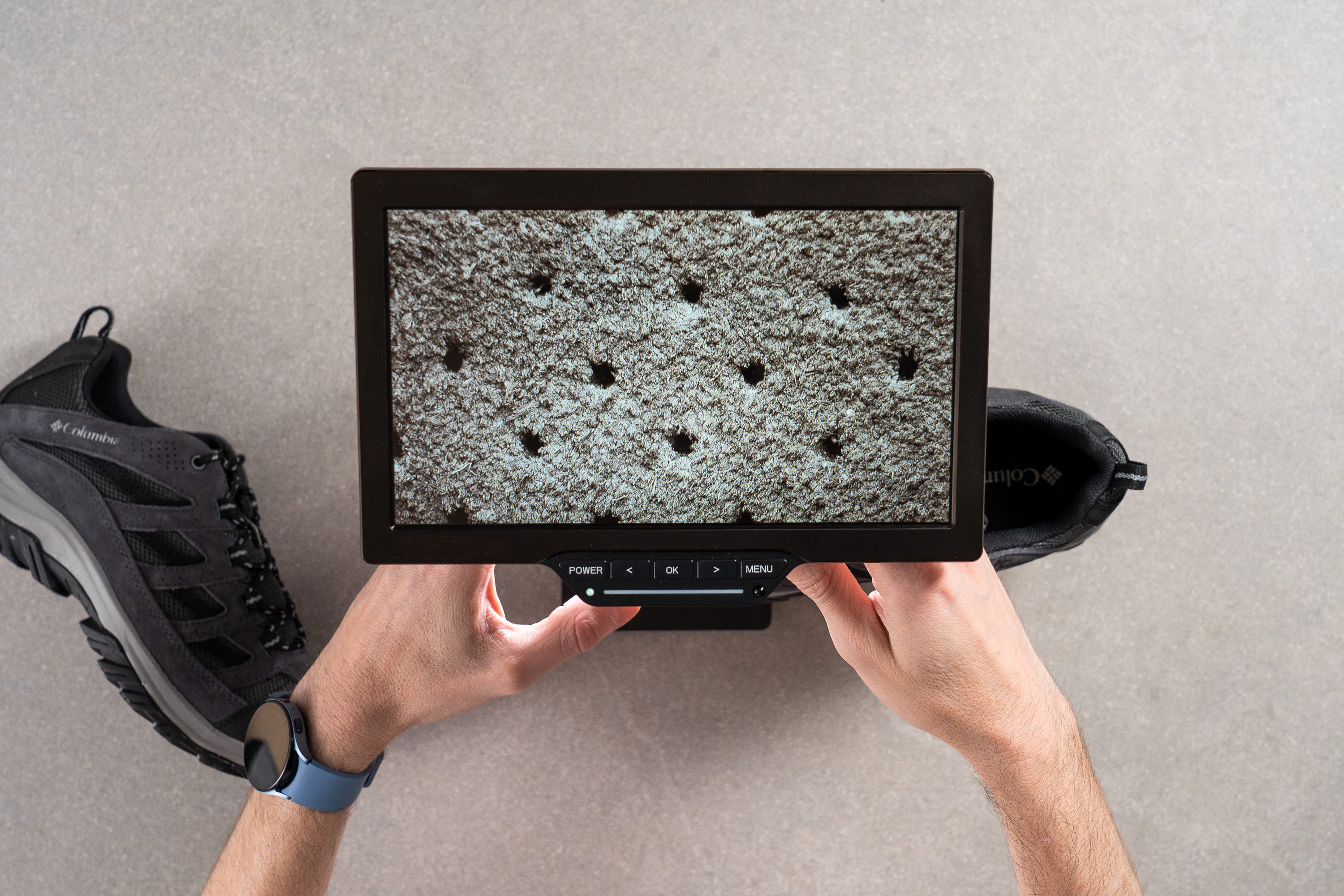
Rating the shoe's breathability with a high score of 4, we think that the Crestwood is a perfect choice for the warm and dry season but wearing a warmer sock can also extend its service to mild fall and spring days.
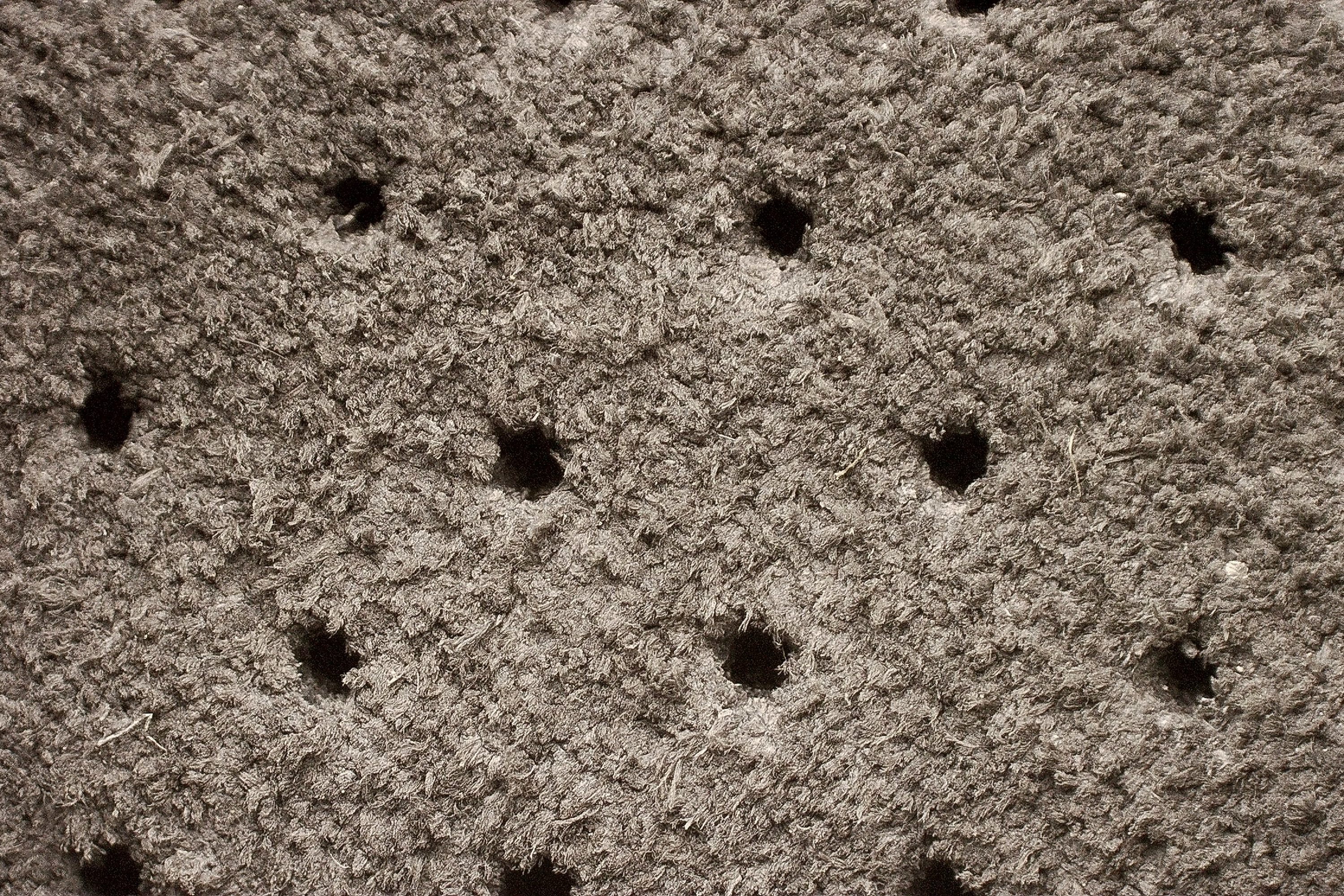
And should you need protection for wet weather, the Crestwood is also available in a waterproof version.
| Crestwood | 4 |
| Average | 2.4 |
Stability
Lateral stability test
The Columbia Crestwood became a pleasant surprise in the stability department as well. For only $70, you get an amazingly supportive underfoot experience that feels a lot like wearing a more expensive shoe.
This Columbia hiker offered a solid footing on moderate trails, which is the type of terrain it is designed for. But please note that we are talking about weekend hikes here, not high-milage hiking objectives. The latter calls for the shoe's mid-cut (boot) version or a high-performance hiking shoe for that matter.
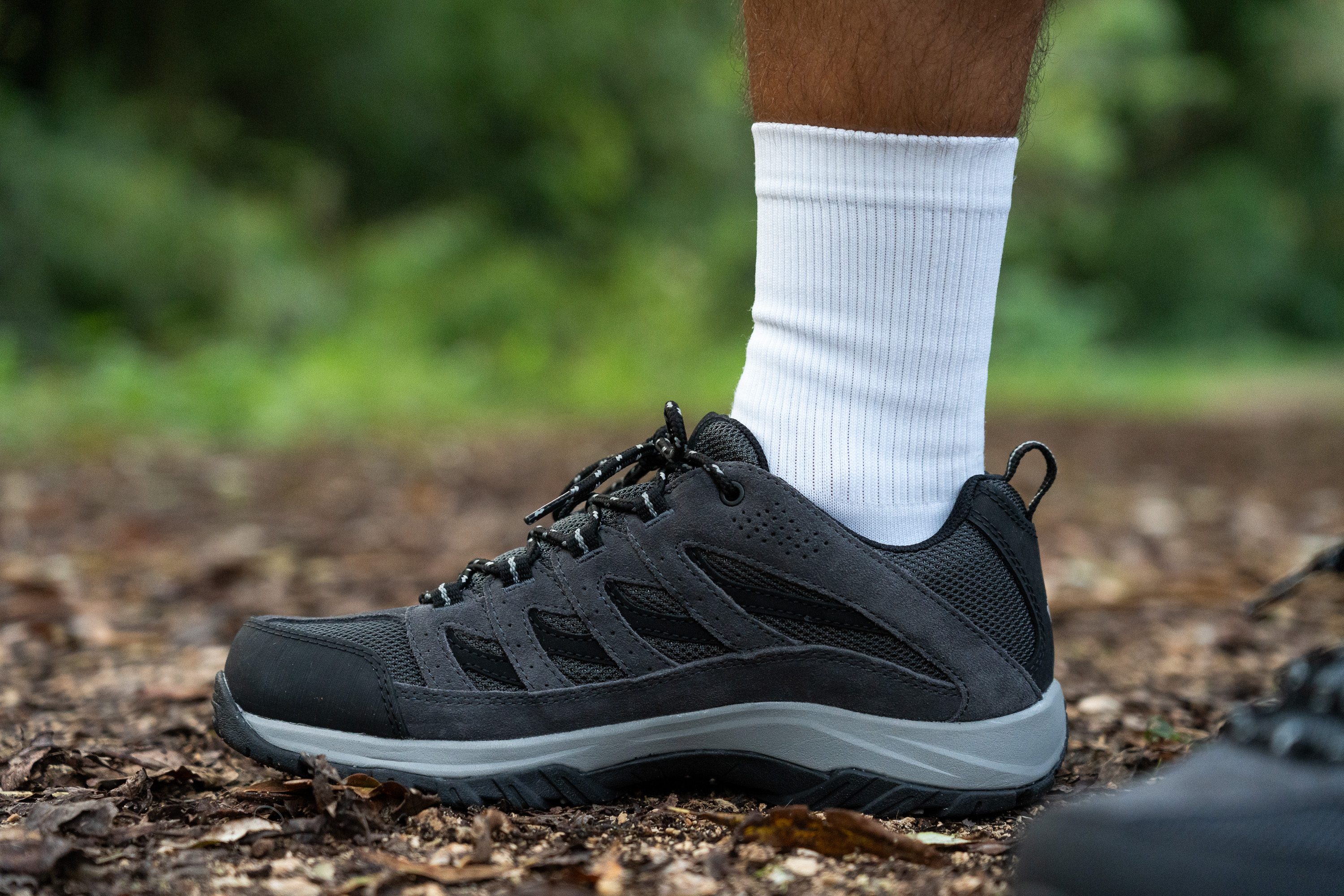
Torsional rigidity
We don't hesitate to recommend the Columbia Crestwood to people with overpronation because of how hard it was to twist the shoe in our manual test.
With its top-loaded midfoot shank and firm midsole cradle, we rated the shoe's torsional rigidity as high as 4 out of 5!
| Crestwood | 4 |
| Average | 3.7 |
Heel counter stiffness
The Crestwood also feels quite sturdy in the heel counter, resisting the push-and-squeeze in our manual test.
Rating its stiffness on a 1-5 scale, we once again gave the Crestwood a high score of 4. It does a brilliant job of minimizing the heel and ankle play inside the shoe, holding them securely in place.
| Crestwood | 4 |
| Average | 3.7 |
Midsole width - forefoot
A nice and broad platform is another component of the Crestwood's success formula.
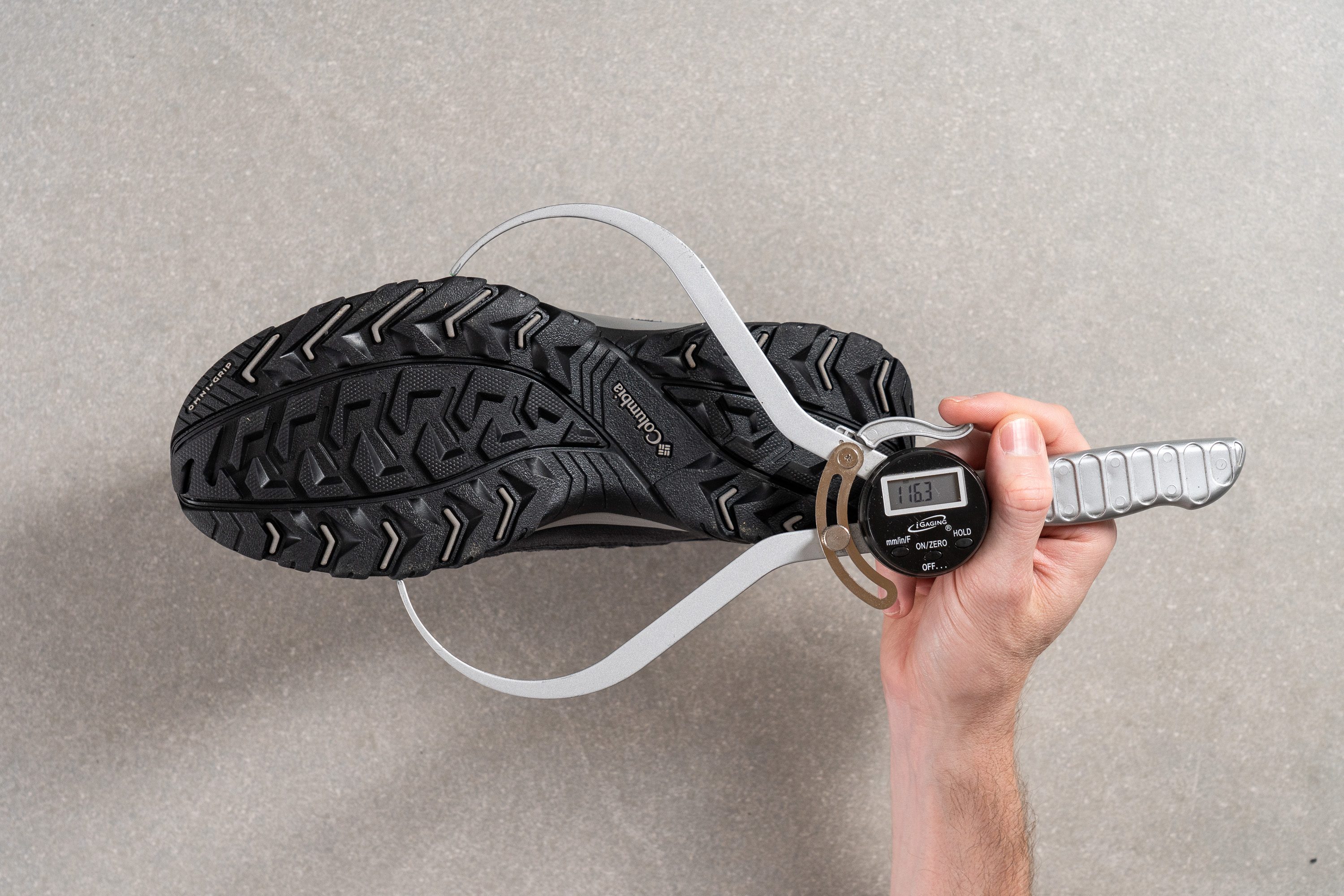
Our caliper showed that the widest part of the shoe's midsole is wider than average at 116.3 mm.
| Crestwood | 116.3 mm |
| Average | 111.3 mm |
Midsole width - heel
The shoe's heel also proved to be nice and wide with 88.3 mm in the widest area. It kept us planted without adding much bulk to the rearfoot.
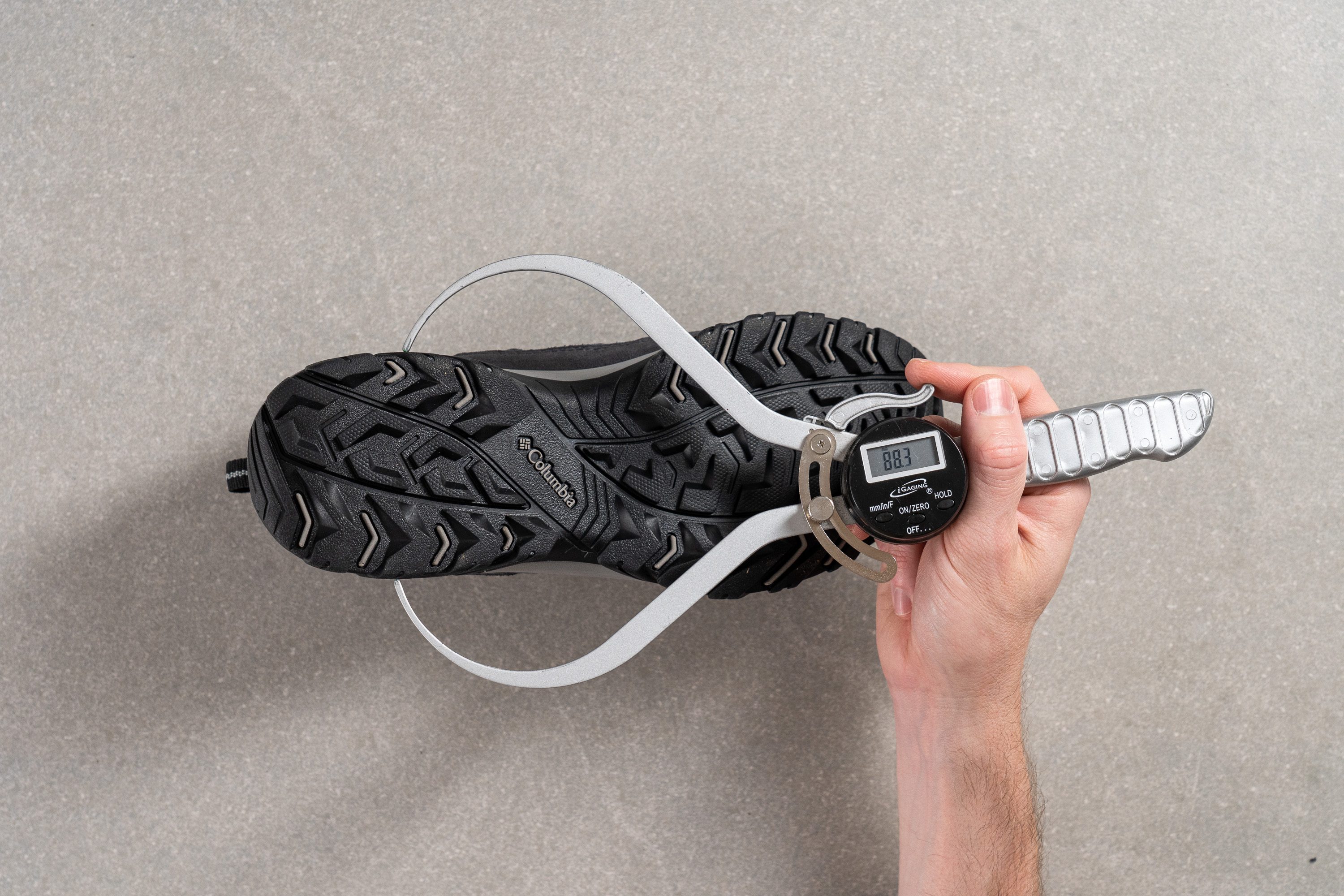
| Crestwood | 88.3 mm |
| Average | 87.9 mm |
Durability
Toebox durability
Columbia knows how to maximize longevity even in its more affordable shoes. We are happy to see a large synthetic mudguard around the toebox and a wide suede overlay on top of it.
To test the limits of this suede material, we drilled it with sandpaper for 12 long seconds.
And to our surprise, it hardly showed any signs of wear! And because it looked nearly intact, we rated the Crestwood's toebox durability with the highest score - 5 out of 5!

| Crestwood | 5 |
| Average | 3.7 |
Heel padding durability
Unfortunately, Columbia cut corners on the shoe's inner lining because that fabric was torn immediately. It took even less than 4 seconds...
But let's not forget that this is one of the cheapest hiking shoes after all.
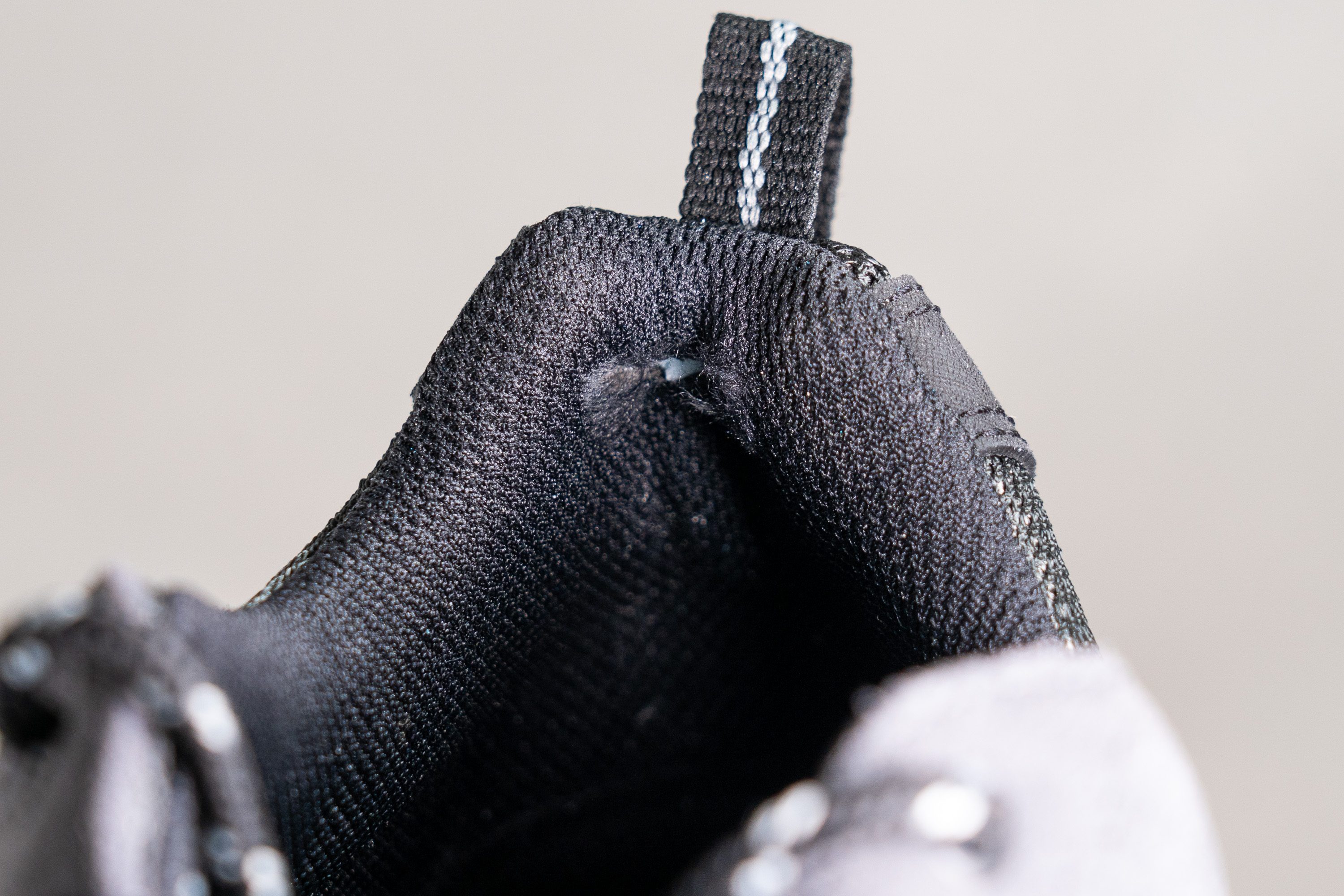
| Crestwood | 2 |
| Average | 3 |
Outsole hardness
The shoe's OmniTech rubber outsole also turned out to be unexpectedly sturdy for this price point.
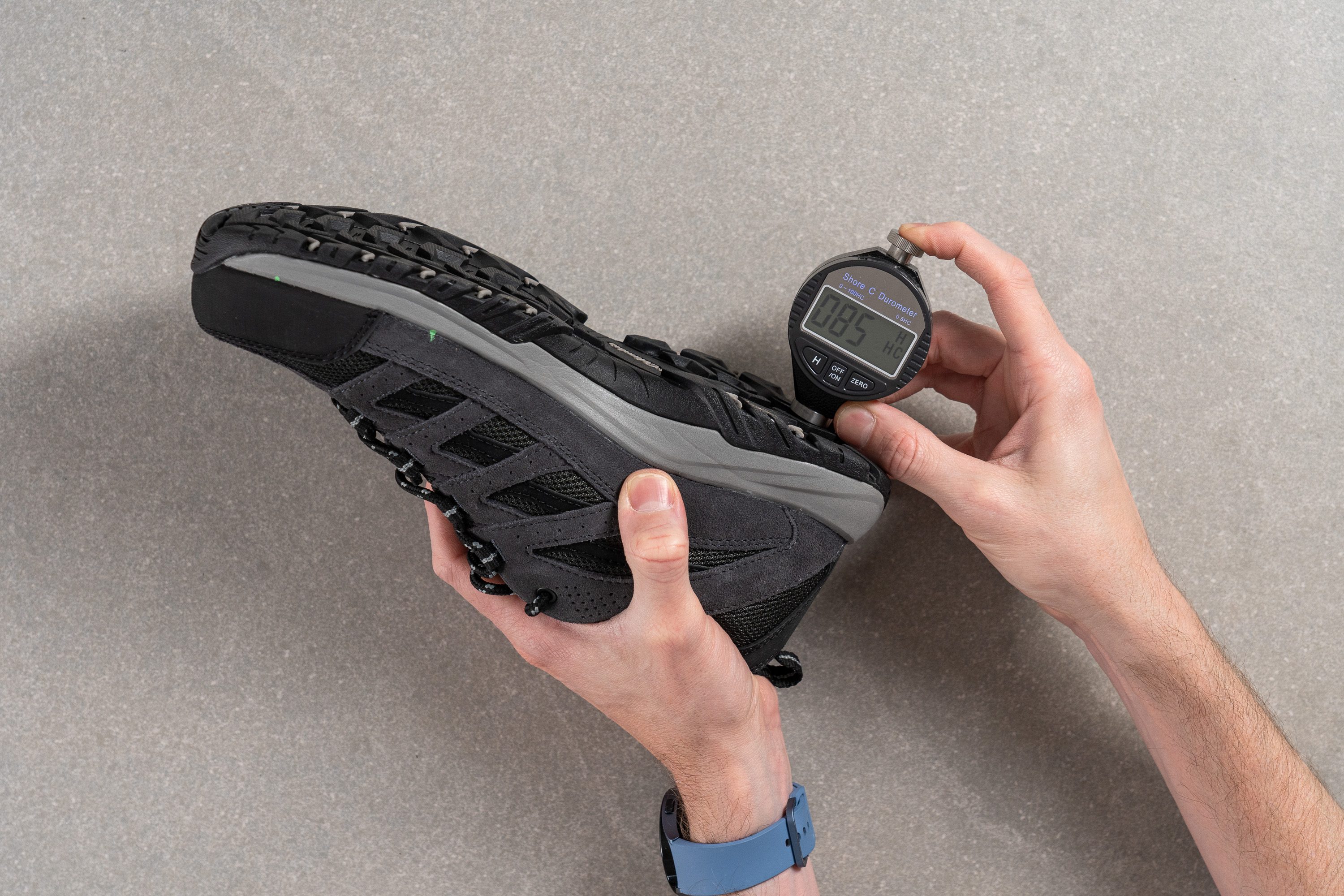
First of all, its hardness is on par with the average of hiking shoes showing 85.0 HC on our durometer.
| Crestwood | 85.1 HC |
| Average | 85.1 HC |
Outsole durability
Second, it did rather well in our abrasive Dremel test where we exposed the outsole to sandpaper for 22 seconds.
Even though our tread gauge measured as much as 1.4 mm of damage in the rubber, it is leveled out by the thickness and lug depth of the shoe's outsole.
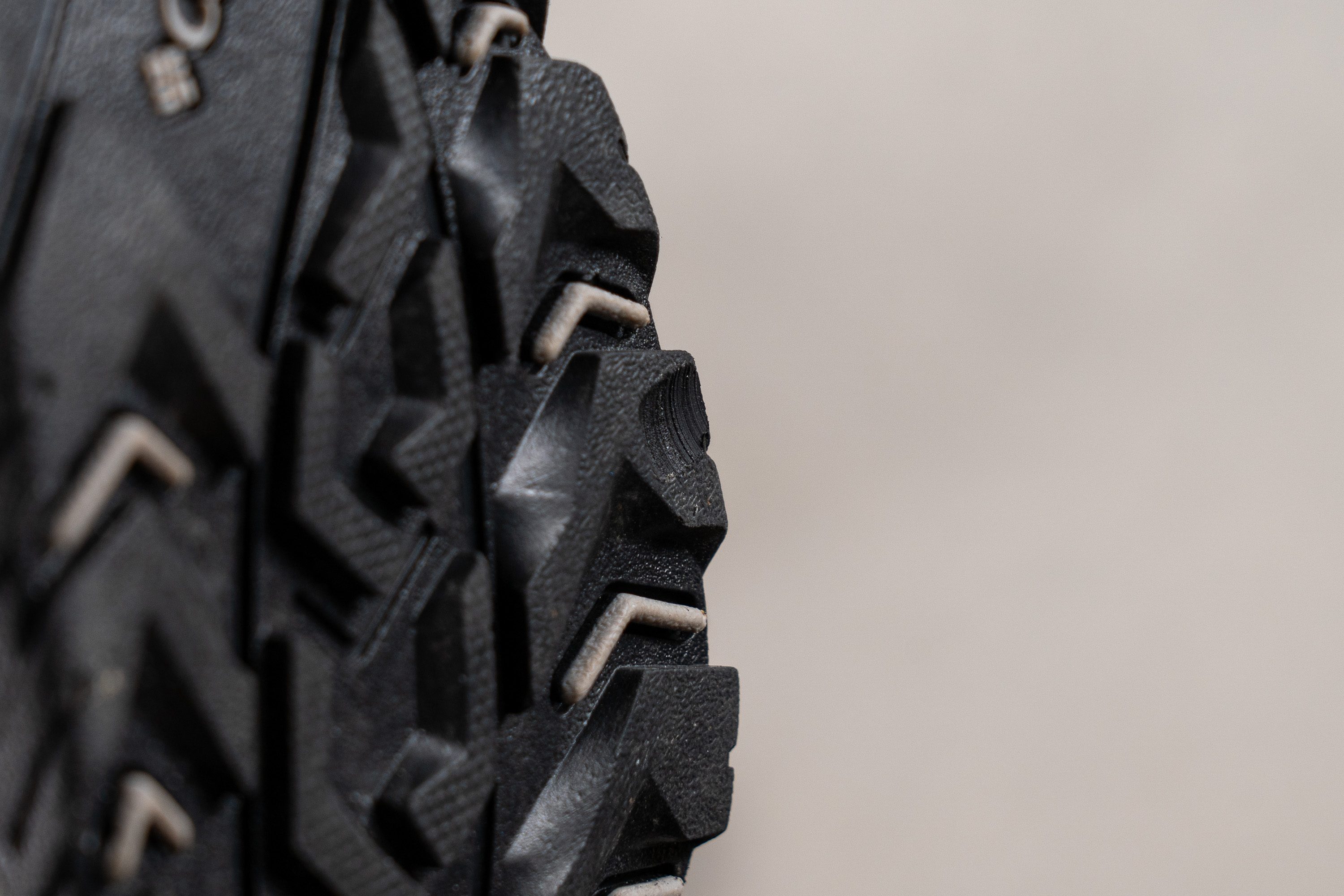
| Crestwood | 1.4 mm |
| Average | 1.0 mm |
Outsole thickness
The thickness of Crestwood's rubber outsole comes in at an impressive 3.6 mm and that's excluding the shoe's deep lugs!
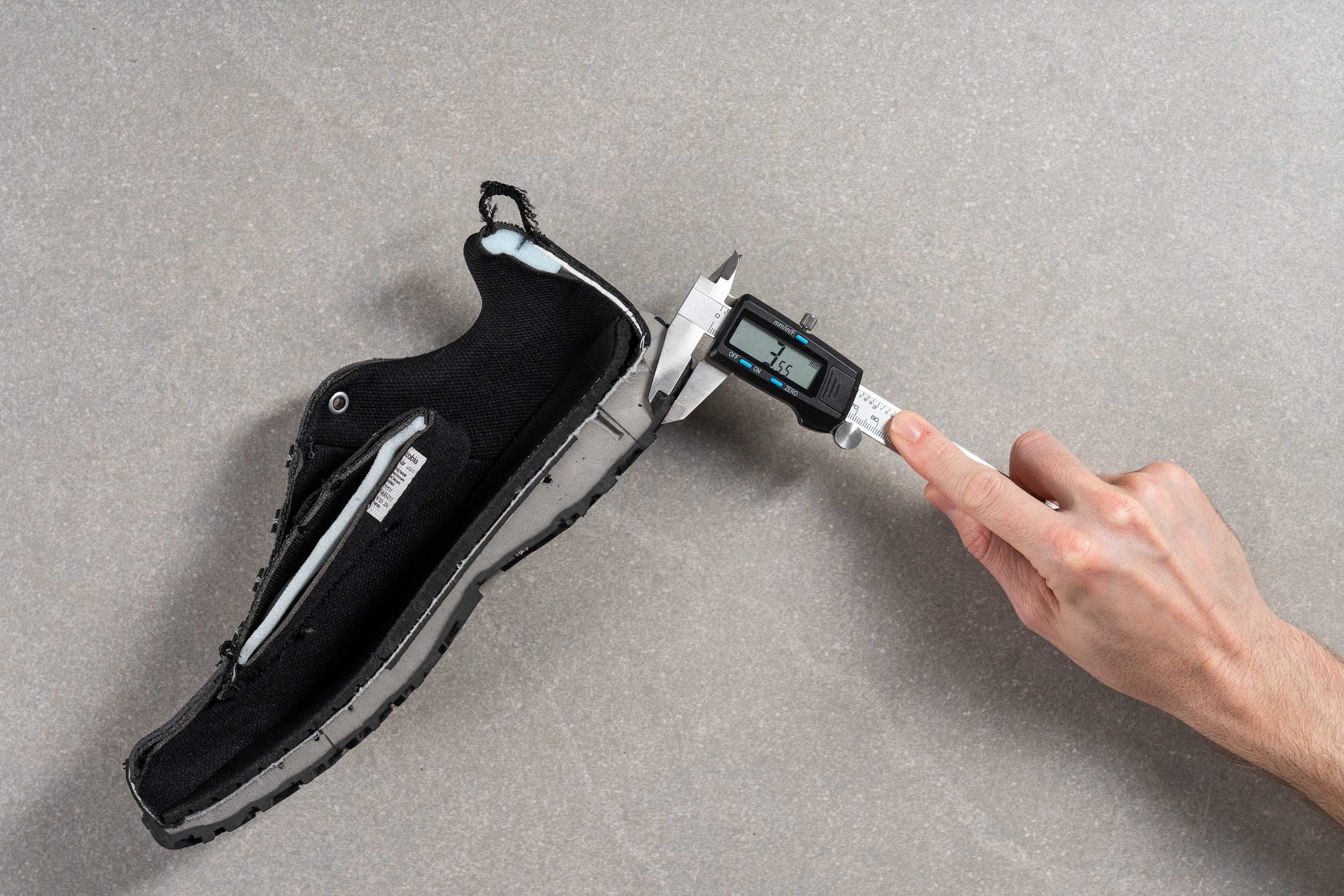
Durability-wise, we believe that this hiking shoe from Columbia offers some of the best value for money!
| Crestwood | 3.6 mm |
| Average | 2.5 mm |
Misc
Insole thickness
The Crestwood uses a generously padded insole to create a very welcome in-shoe experience. Our caliper measured its thickness at 6.1 mm in the heel - pretty cozy for a $70 shoe!

It is even slightly contoured on the medial side offering a touch of arch support.

| Crestwood | 6.1 mm |
| Average | 5.3 mm |
Removable insole
If you want to make this affordable shoe feel more premium, its stock insole is easy to replace with a custom insert.
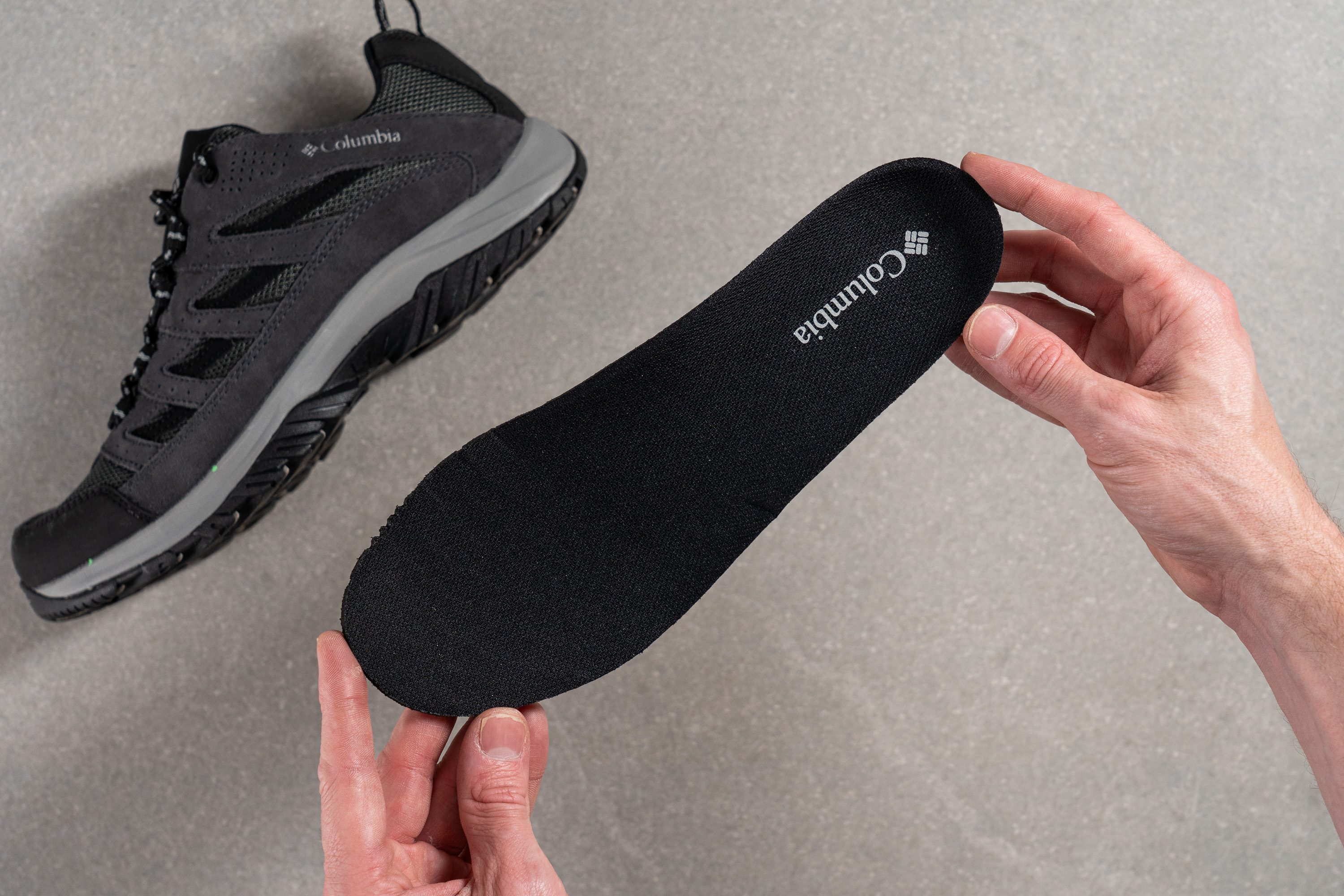
| Crestwood | Yes |
Midsole softness in cold (%)
If you plan to take the Columbia Crestwood out on a chilly day, keep in mind that its cushioning will lose some softness after being exposed to low temperatures for a long time.
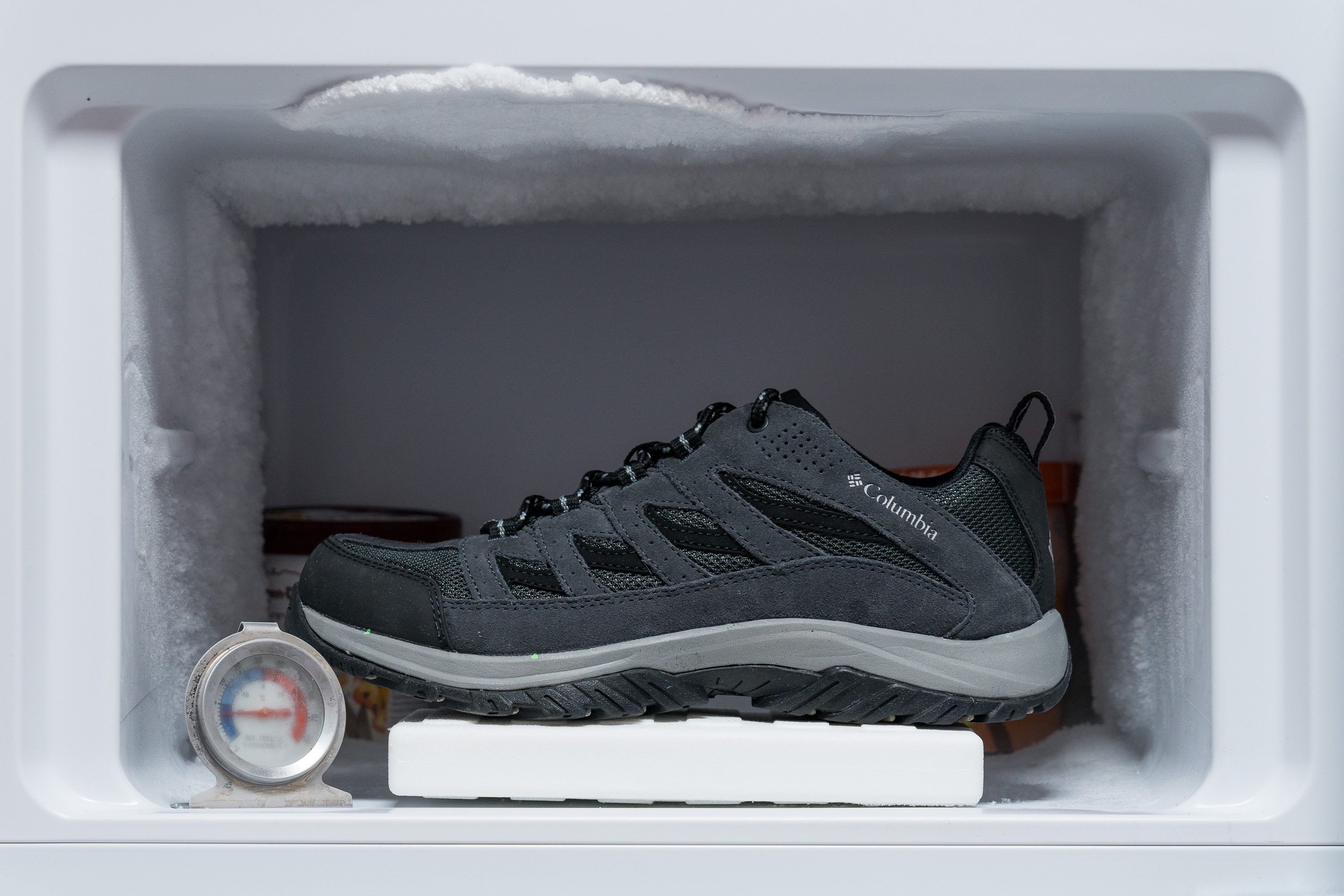
In fact, our freezer test showed that it tends to firm up more than the average hiking shoe. After spending 20 minutes in the freezer, the Crestwood's midsole got 29% firmer as opposed to the average of 18.4%.
| Crestwood | 29% |
| Average | 19% |
Reflective elements
There are no reflective elements on this Columbia shoe.
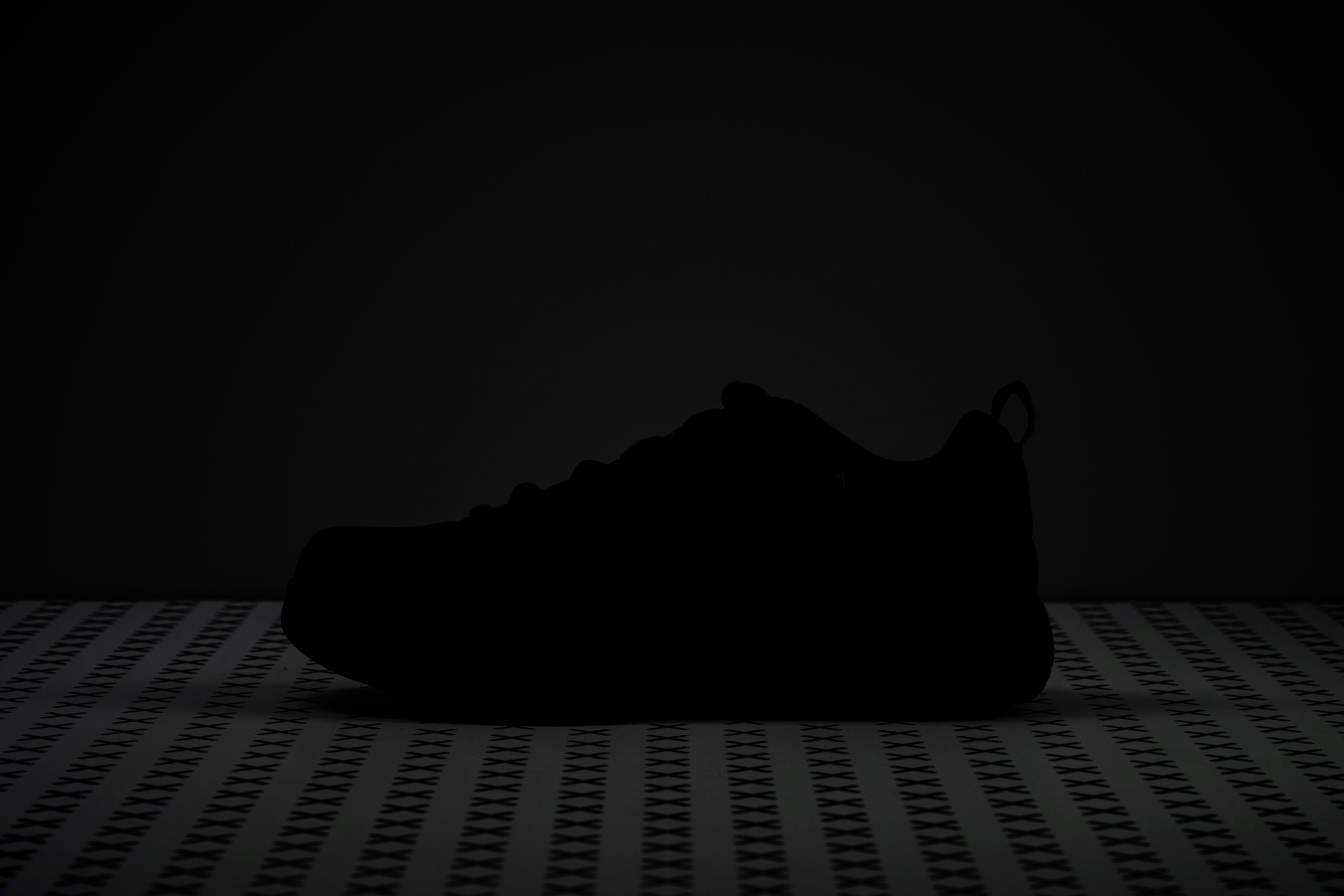
| Crestwood | No |
Tongue padding
The Crestwood is abundant with in-shoe padding. From its thick insole to the collar and the tip of the tongue, it is all packed with cushy foam.
The tongue, in particular, exceeds the average thickness showing 11.0 mm on our caliper.
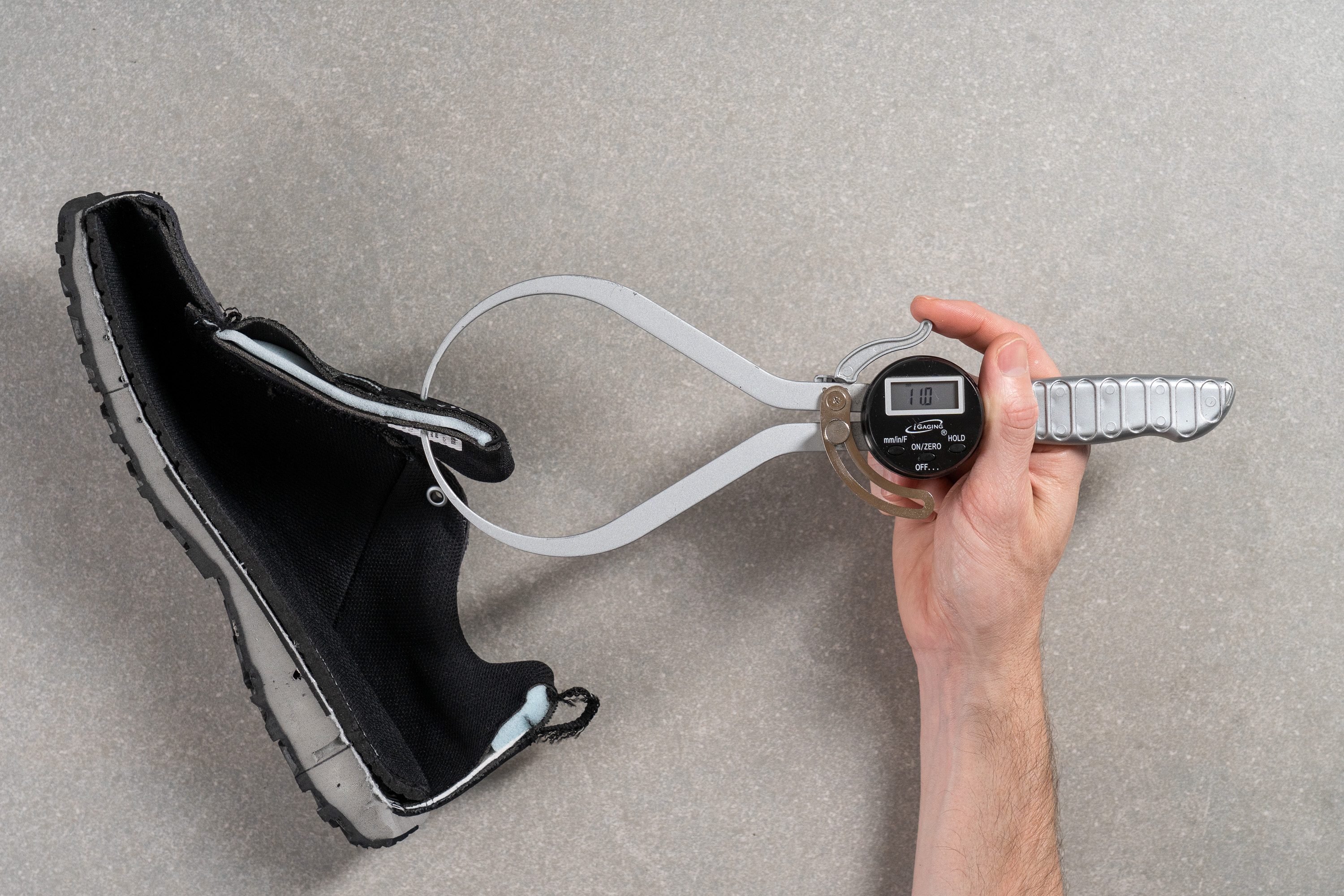
| Crestwood | 11.0 mm |
| Average | 10.2 mm |
Tongue: gusset type
As a budget-friendly shoe, the Crestwood features no gussets on the sides of its tongue. This can potentially cause tongue-shifting.

| Crestwood | None |
Price
Our expectations were set pretty low for one of the cheapest hiking shoes on the market but the Columbia Crestwood kept our jaws dropped the entire lab test!
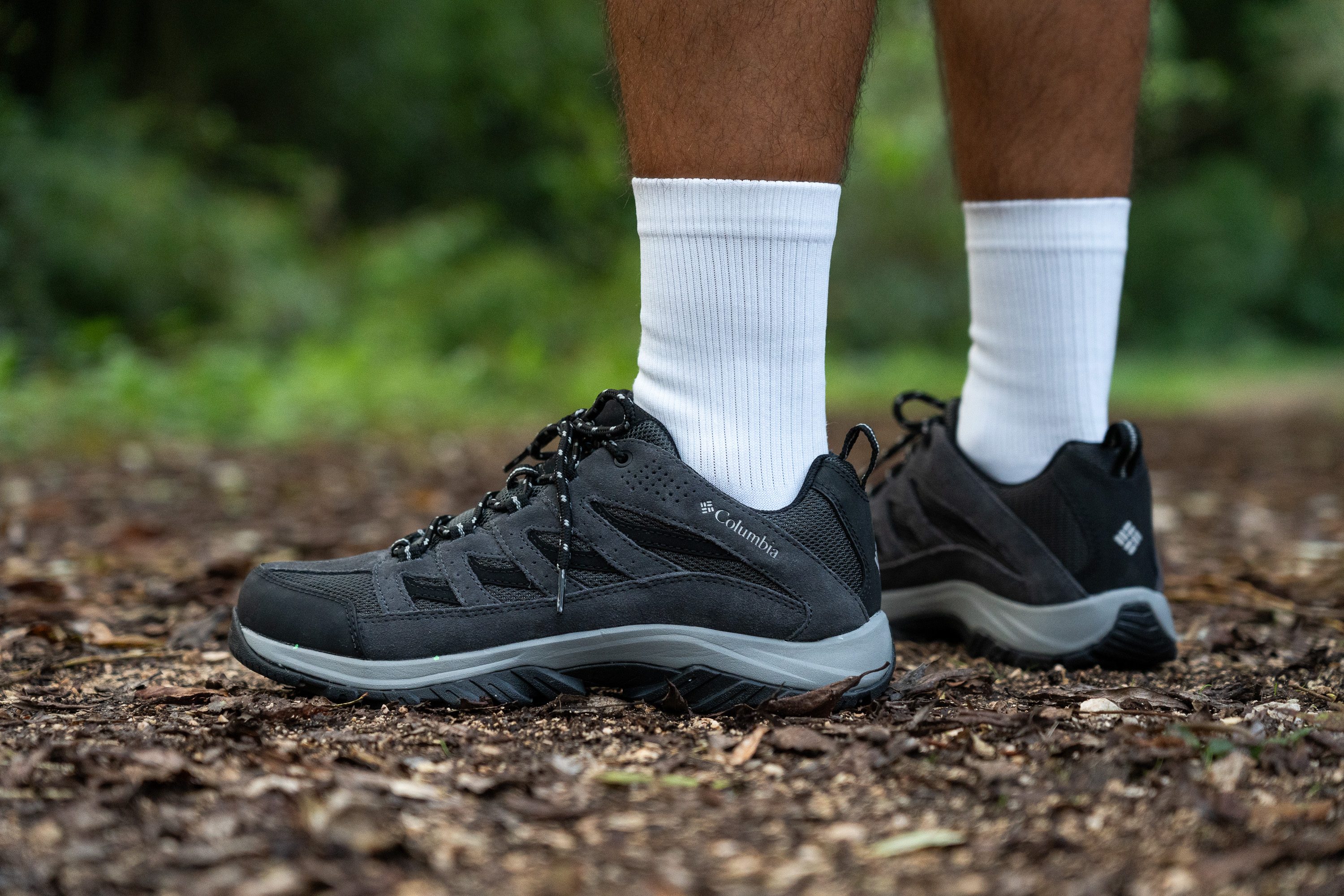
The shoe's overall comfort, cushioning, support, and durability generate massive value for money for someone who needs a less technical shoe for easy occasional hikes.
| Crestwood | $70 |
| Average | $151 |
Heel tab
A fabric loop at the back of the shoe helps with the on-and-off.

| Crestwood | Finger loop |

